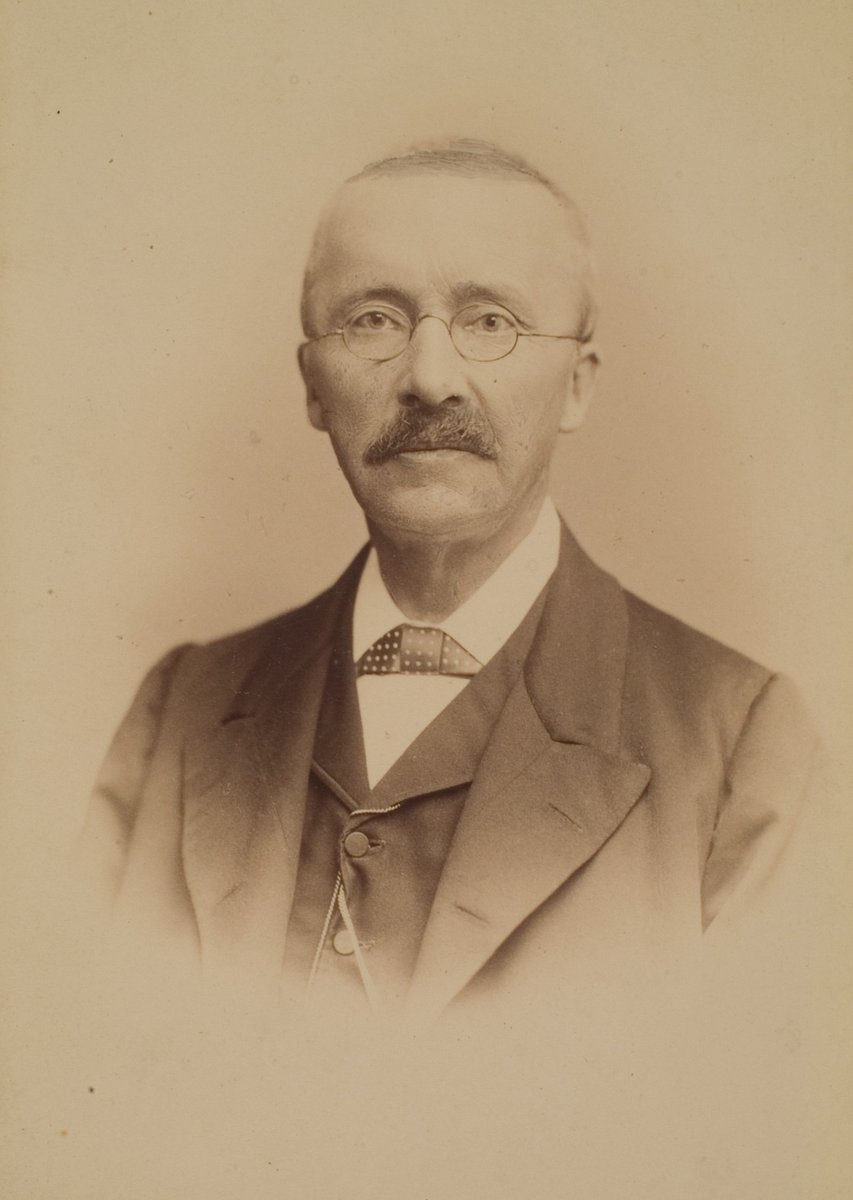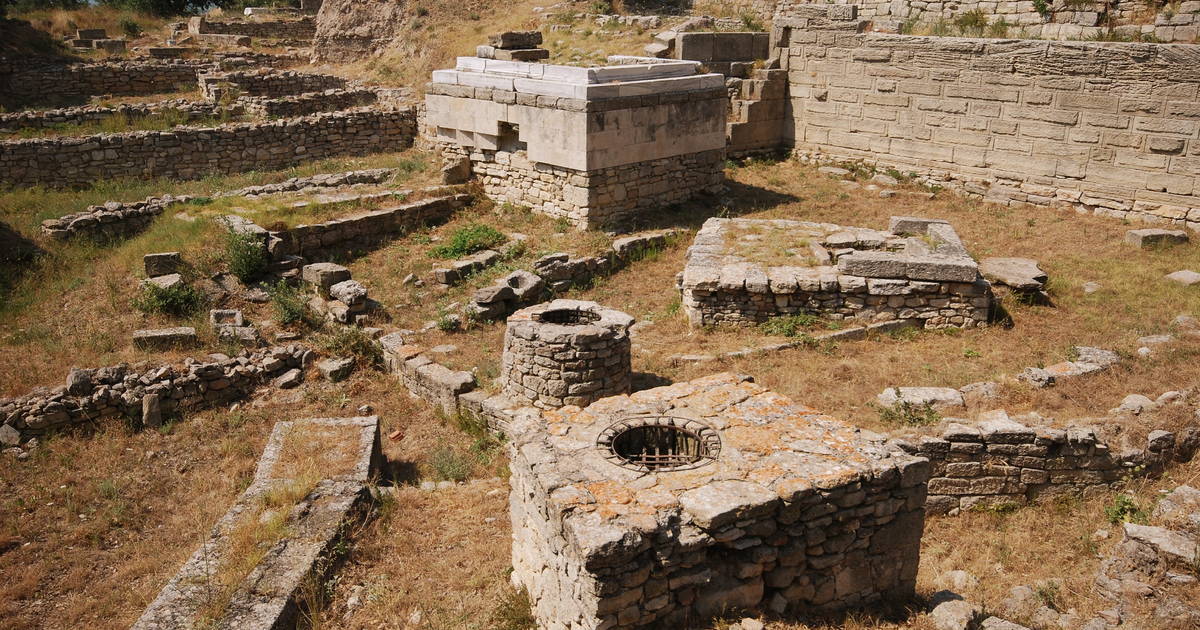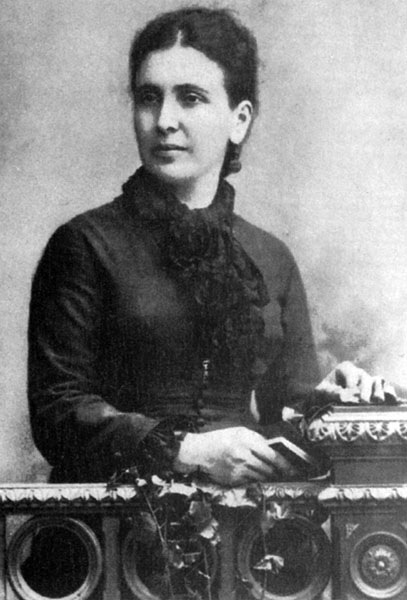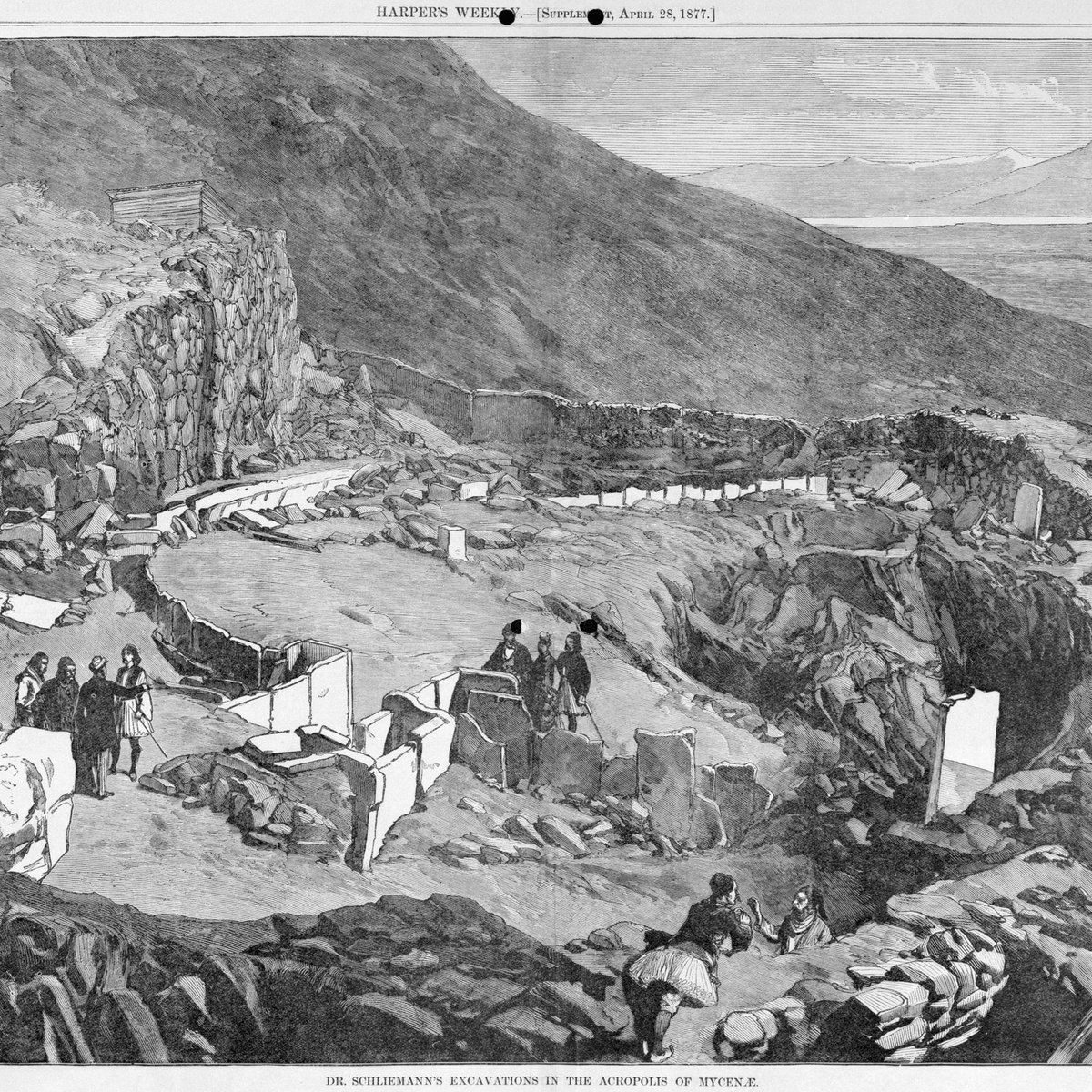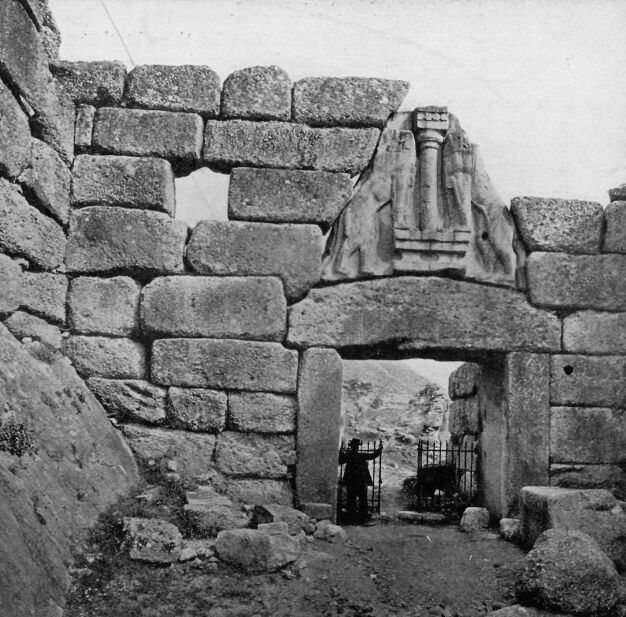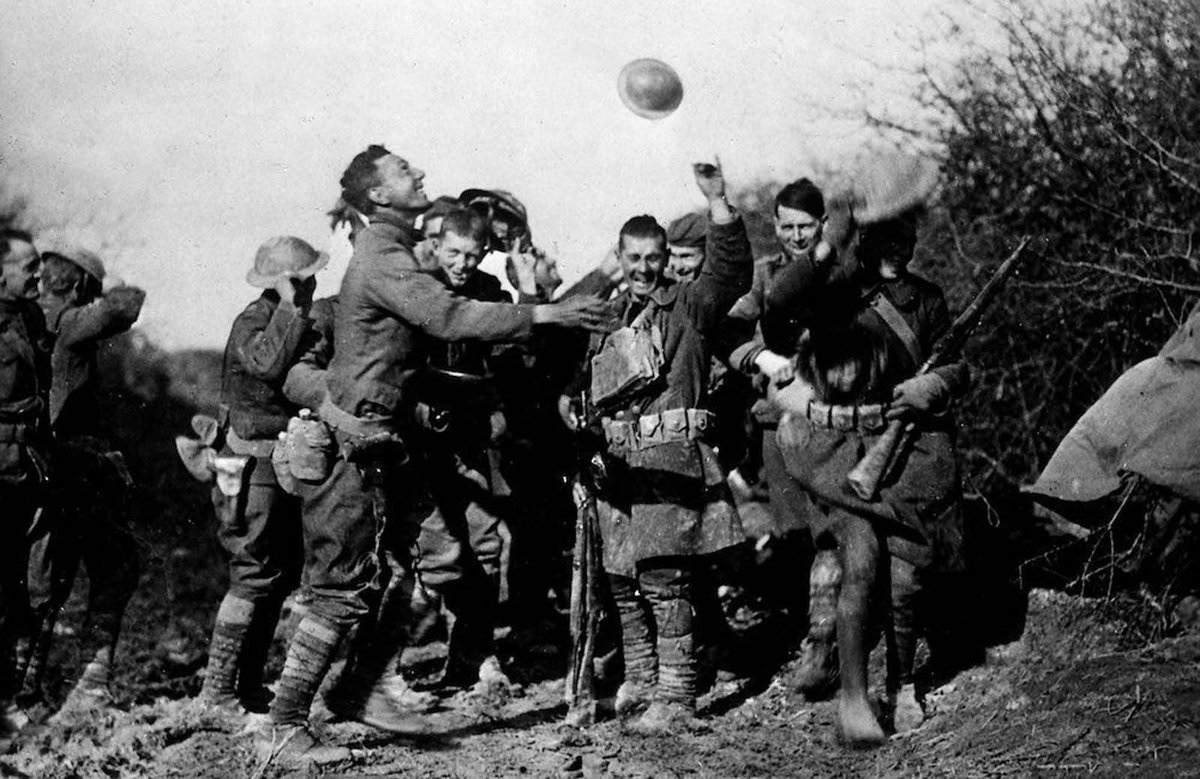Heinrich Schliemann (6 January 1822 – 26 December 1890) was a German businessman and a pioneer in the field of archaeology. 
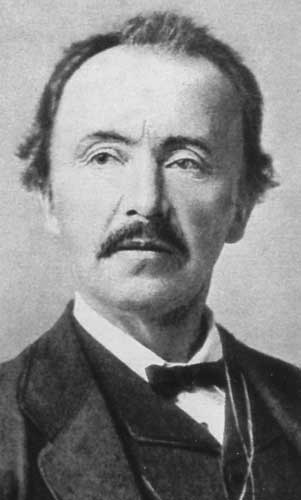
He was an advocate of the historicity of places mentioned in the works of Homer and an archaeological excavator of Hisarlik, now presumed to be the site of Troy, along with the Mycenaean sites Mycenae and Tiryns. 




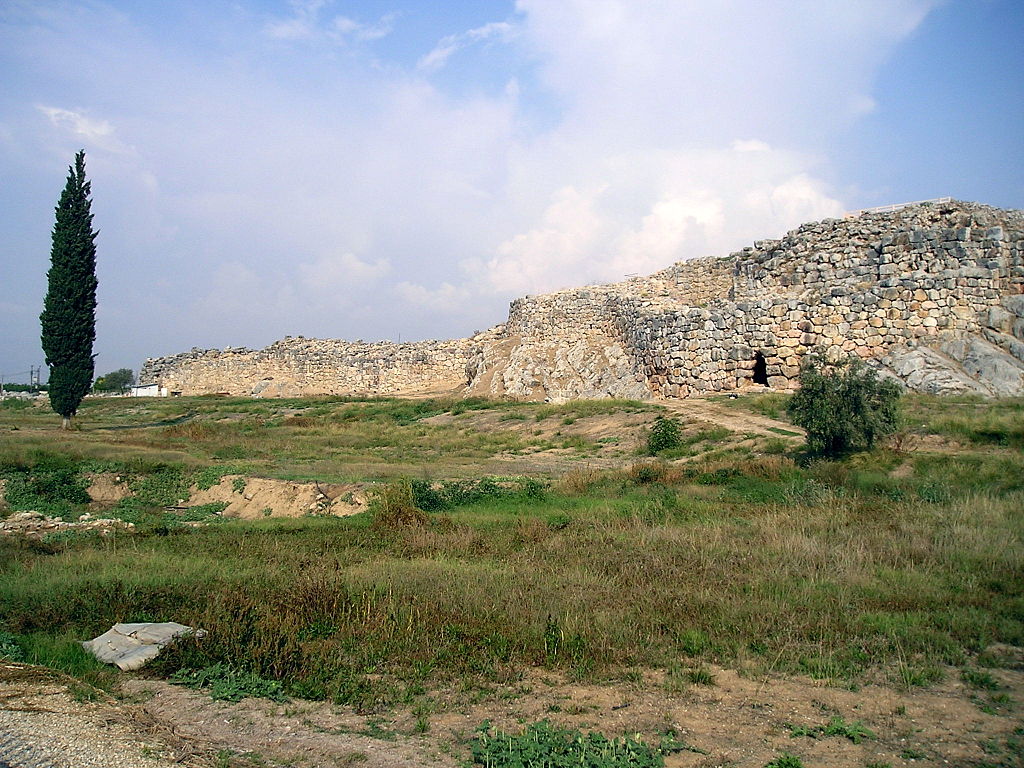
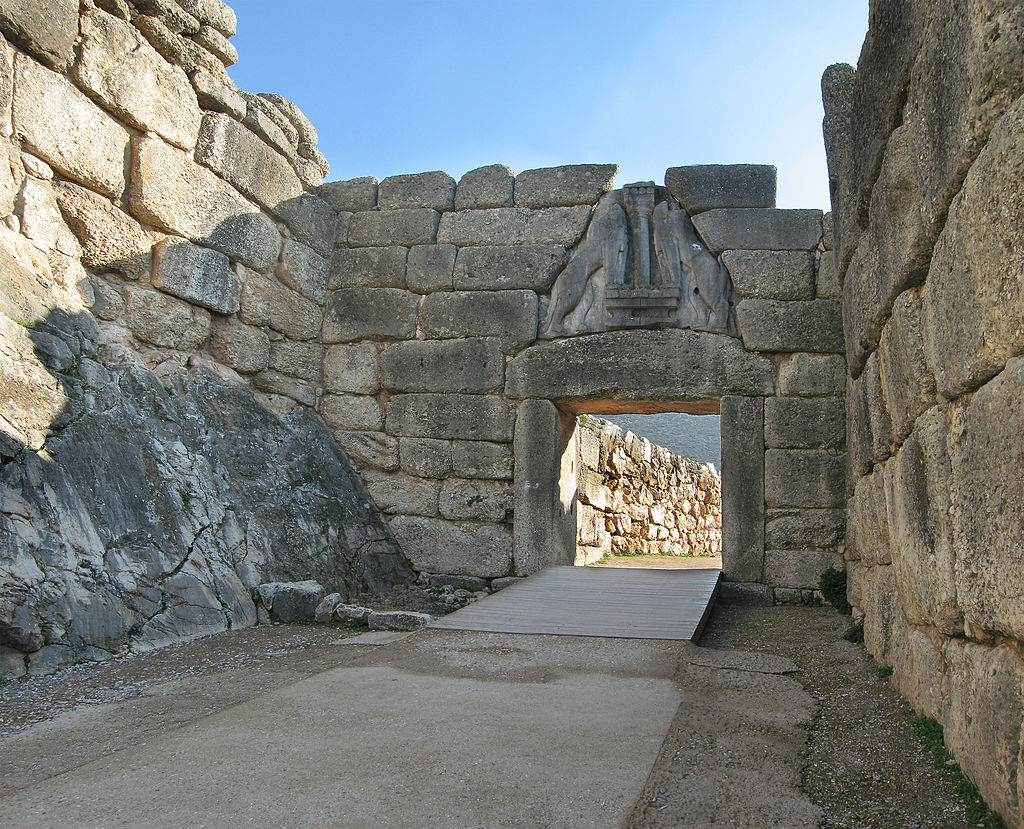
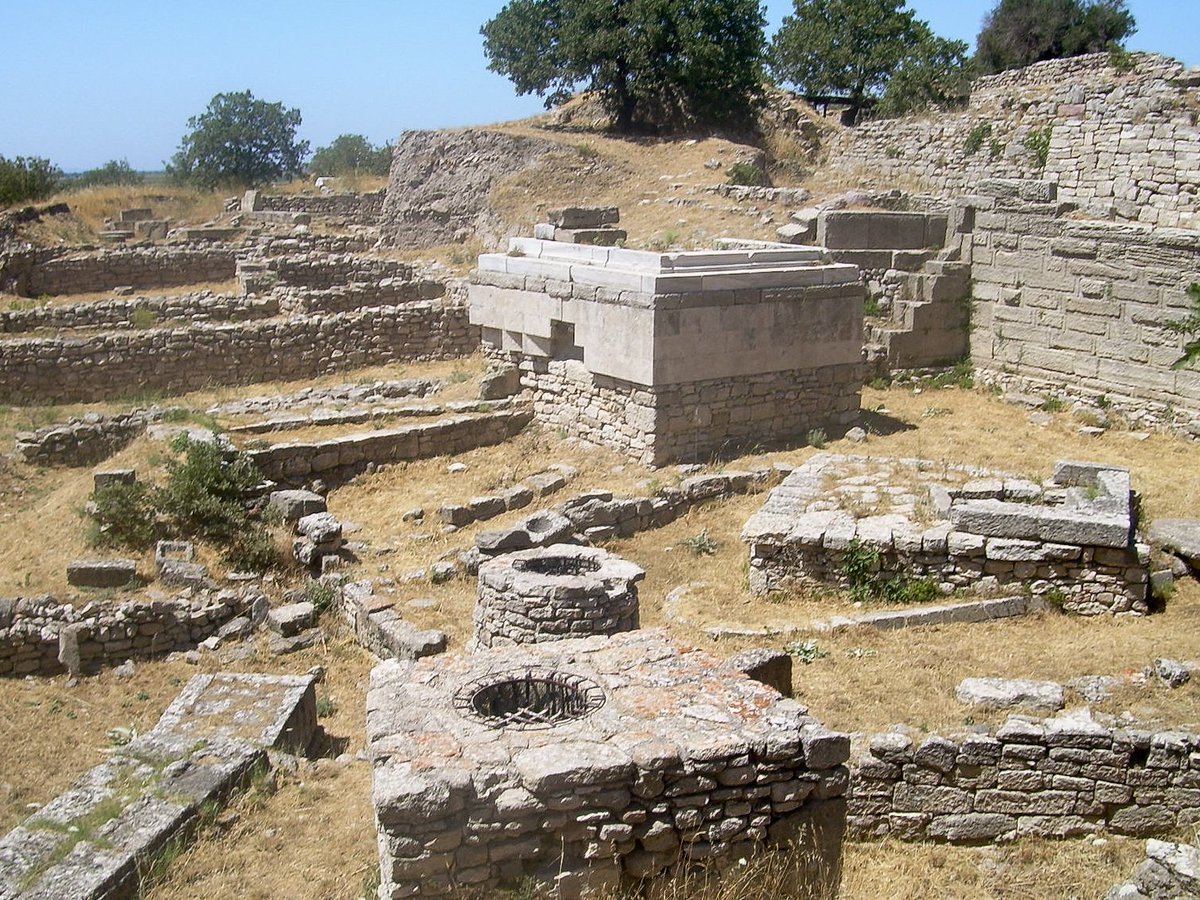
His work lent weight to the idea that Homer's Iliad reflects historical events.His excavation of 9 levels of archaeological remains with dynamite has been criticized as destructive of significant historical artifacts,including the level that is believed to be the historical Troy. 


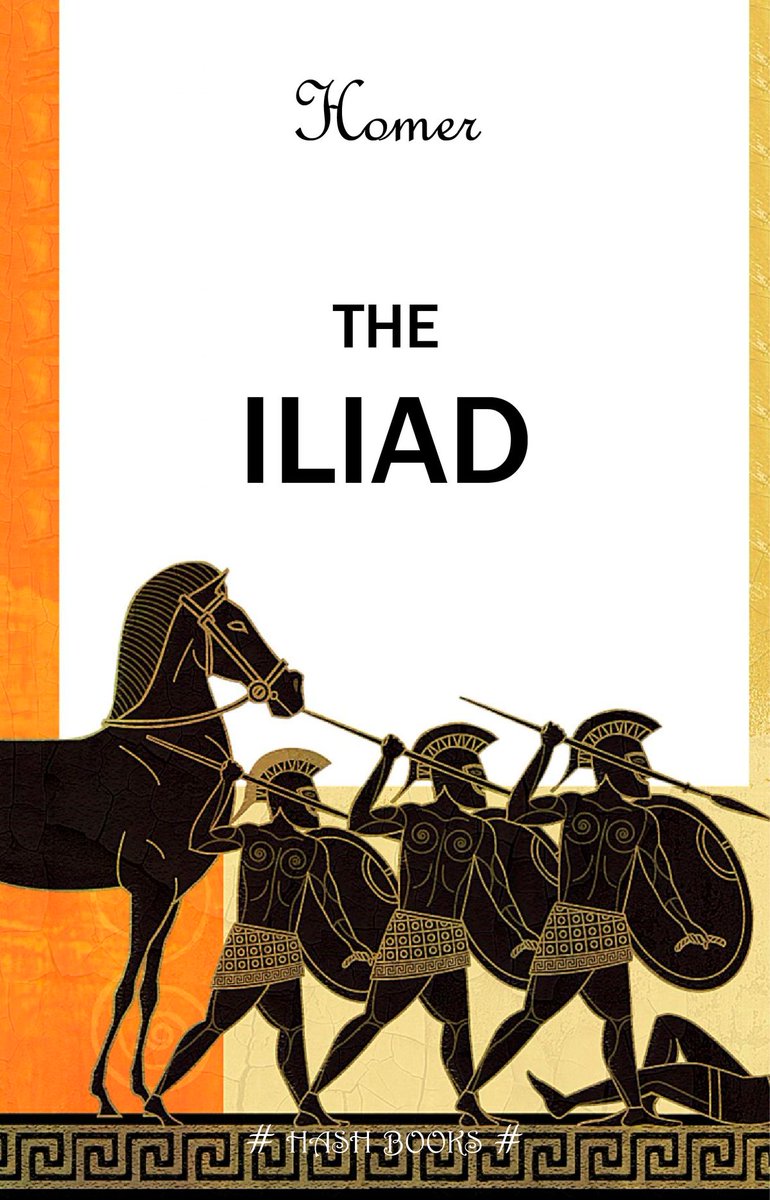

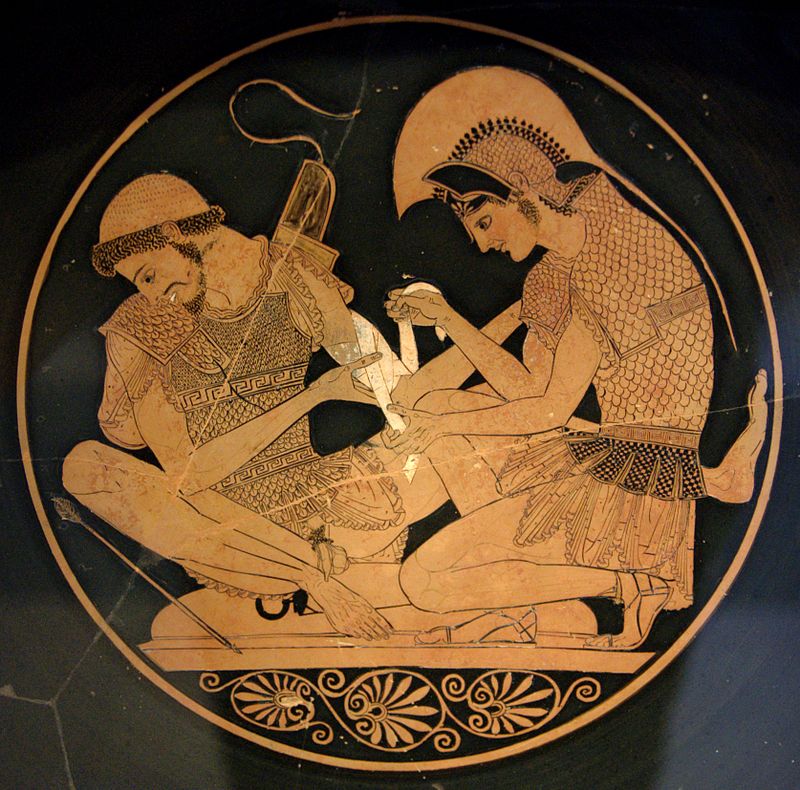
Schliemann was born January 6, 1822 Heinrich Schliemann in Neubukow, Mecklenburg-Schwerin (part of the German Confederation). His father, Ernst Schliemann, was a Lutheran minister. The family moved to Ankershagen in 1823. 
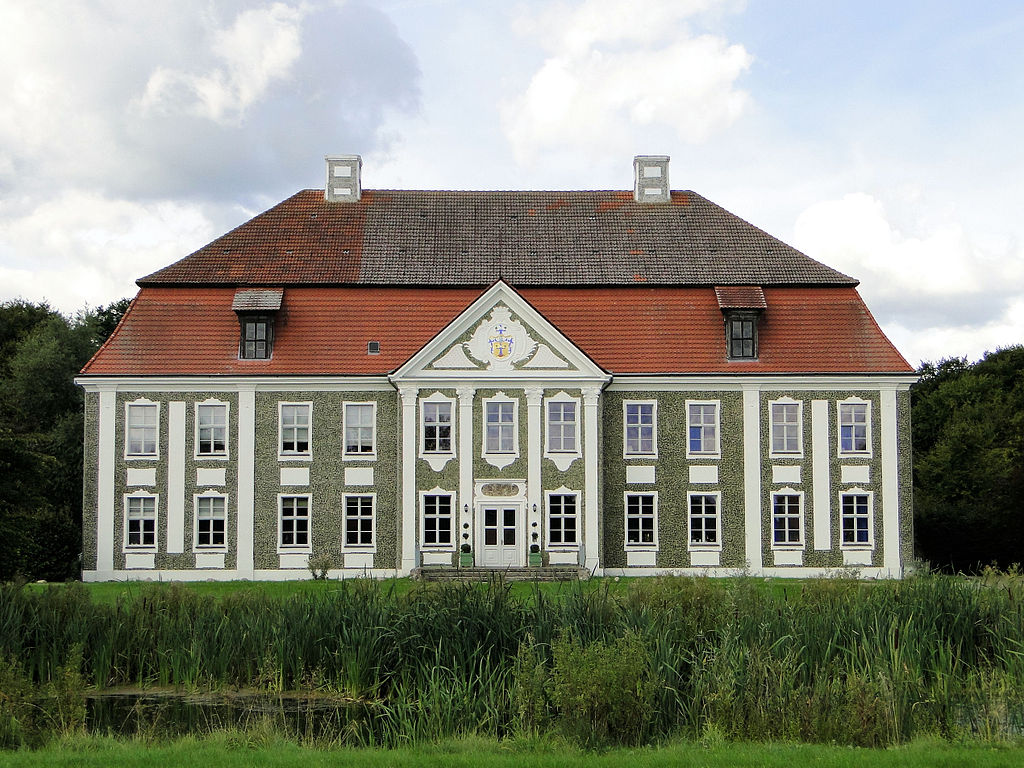
Heinrich's father was a poor Pastor. His mother, Luise Therese Sophie Schliemann, died in 1831, when Heinrich was nine years old. After his mother's death, his father sent Heinrich to live with his uncle.
Heinrich's later interest in history was initially encouraged by his father, who had schooled him in the tales of the Iliad and the Odyssey and had given him a copy of Ludwig Jerrer's Illustrated History of the World for Christmas in 1829. 

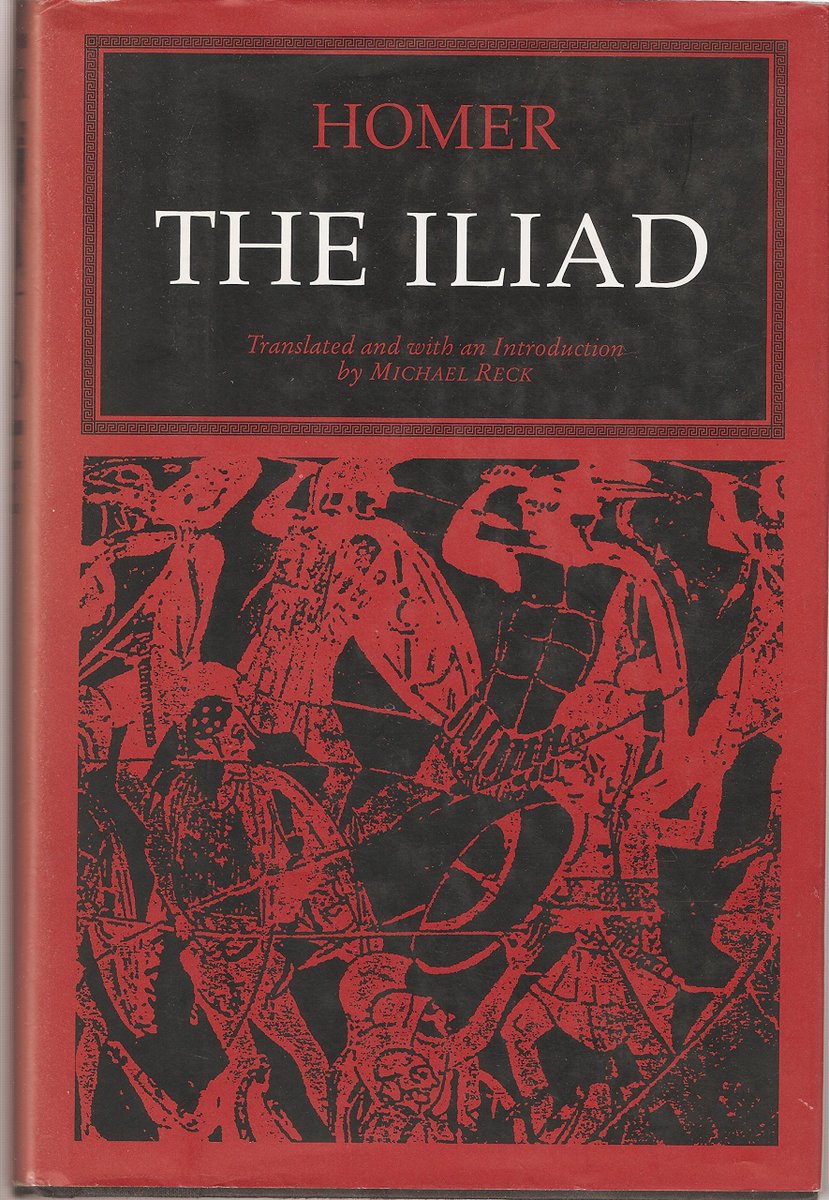

Schliemann later claimed that at the age of 7 he had declared he would one day excavate the city of Troy. 

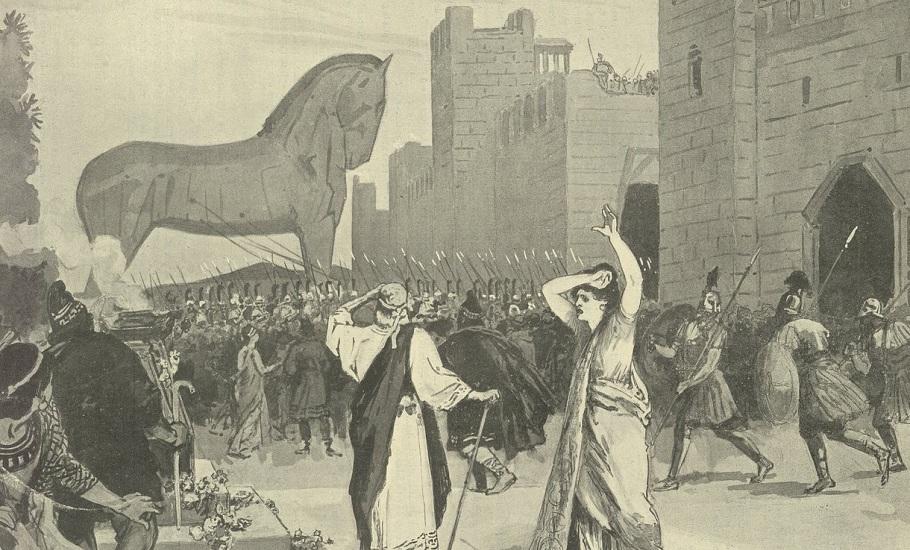
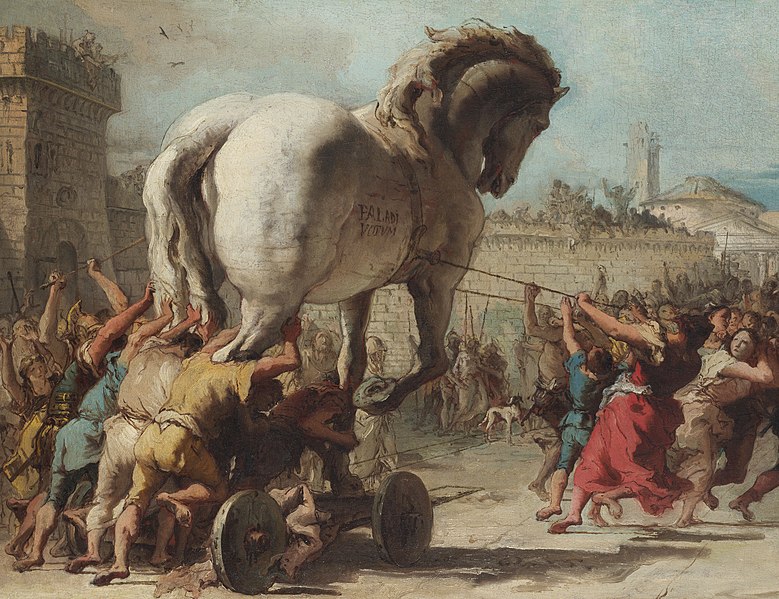
At age 14, after leaving Realschule, Heinrich became an apprentice at Herr Holtz's grocery in Fürstenberg. He later told that his passion for Homer was born when he heard a drunkard reciting it at the grocer's. 


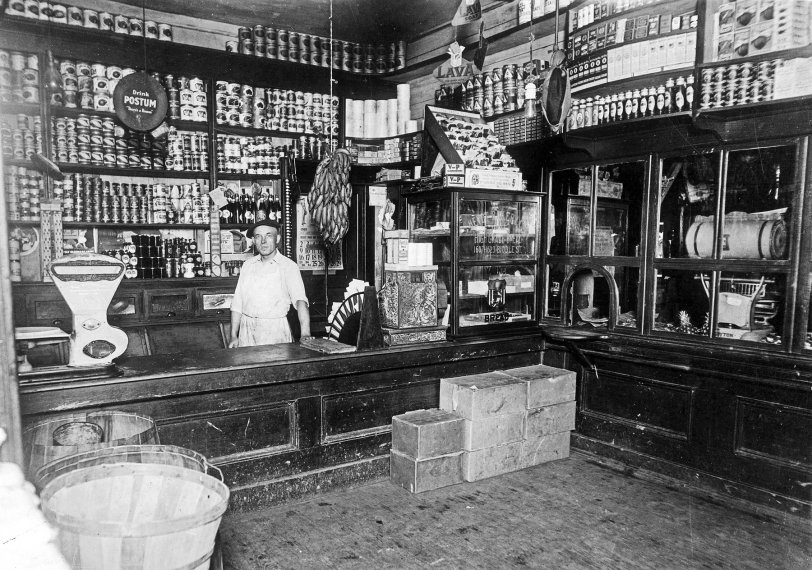
He laboured for five years, until he was forced to leave because he burst a blood vessel lifting a heavy barrel. In 1841, Schliemann moved to Hamburg and became a cabin boy on the Dorothea, a steamer bound for Venezuela. 



After twelve days at sea, the ship foundered in a gale. The survivors washed up on the shores of the Netherlands. Schliemann became a messenger, office attendant, and later, a bookkeeper in Amsterdam. 


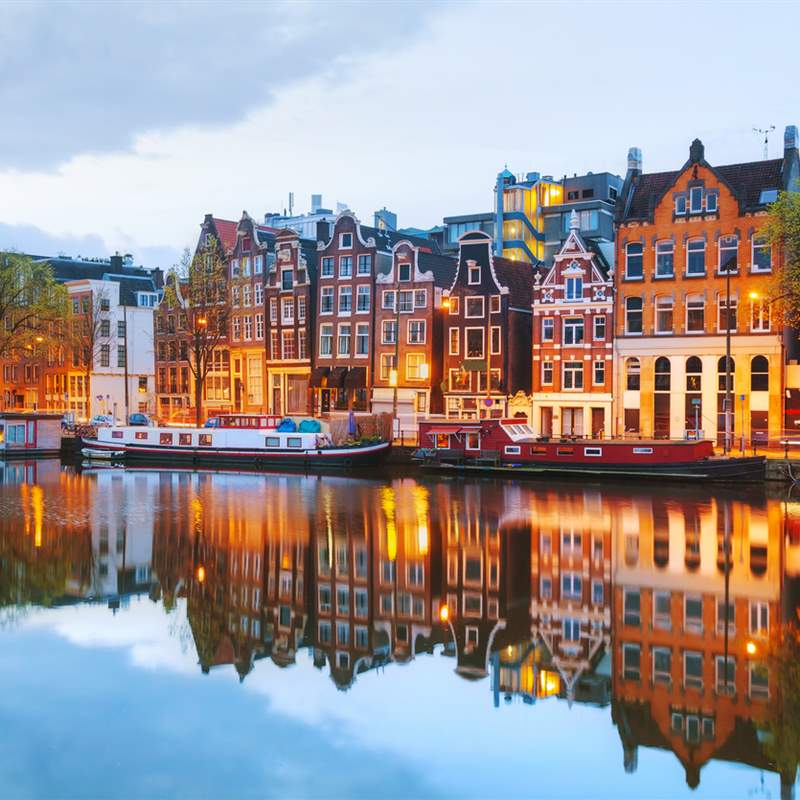
On March 1, 1844, 22-year-old Schliemann took a position with B. H. Schröder & Co., an import/export firm. In 1846, the firm sent him as a General Agent to St. Petersburg. In time, Schliemann represented a number of companies. 

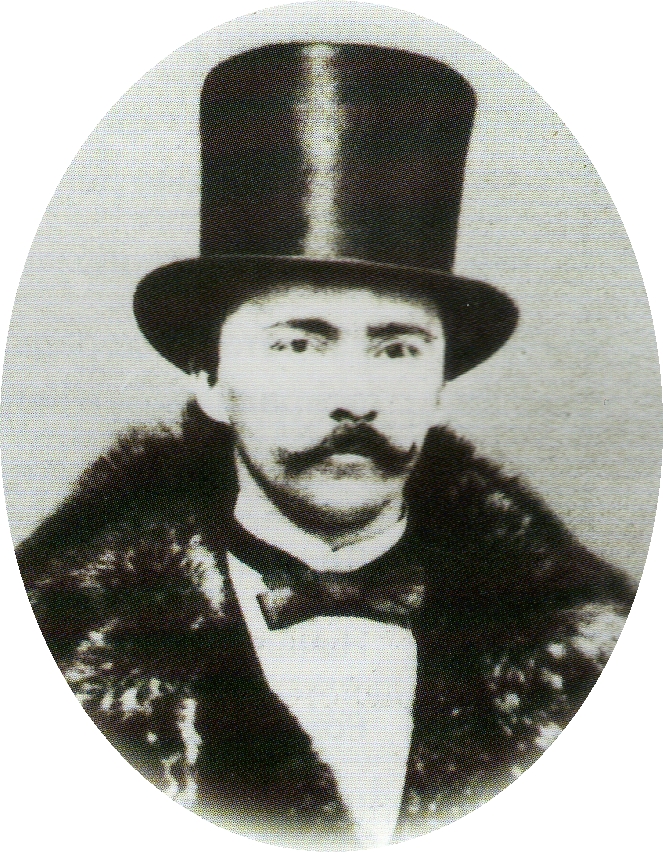
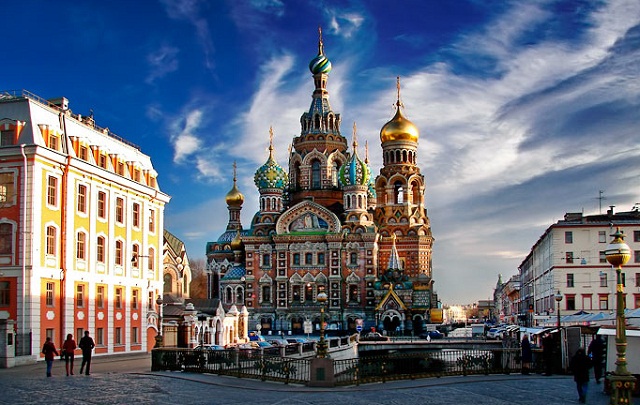
He learned Russian and Greek, employing a system that he used his entire life to learn languages; Schliemann claimed that it took him six weeks to learn a language and wrote his diary in the language of whatever country he happened to be in. 
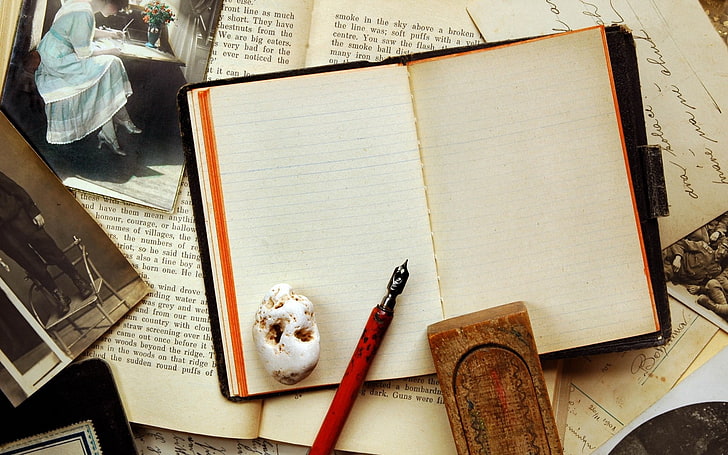
By the end of his life, he could converse in English, French, Dutch, Spanish, Portuguese, Italian, Russian, Swedish, Polish, Greek, Latin, and Arabic, besides his native German.
Schliemann's ability with languages was an important part of his career as a businessman in the importing trade. In 1850, he learned of the death of his brother, Ludwig, who had become wealthy as a speculator in the California gold fields. 

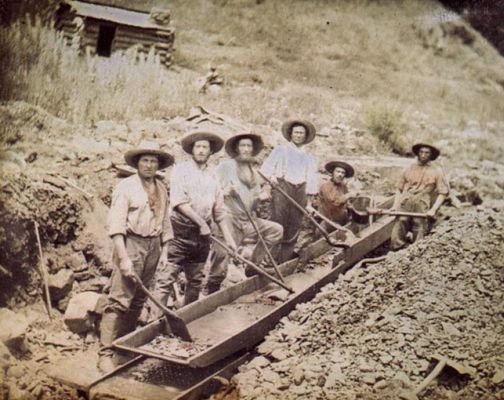

Schliemann went to California in early 1851 and started a bank in Sacramento buying and reselling over a million dollars' worth of gold dust in just six months 


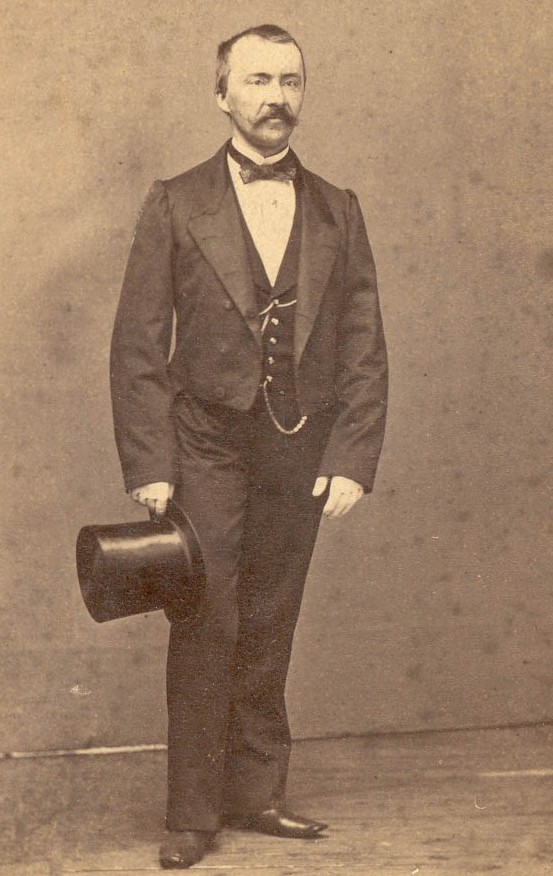

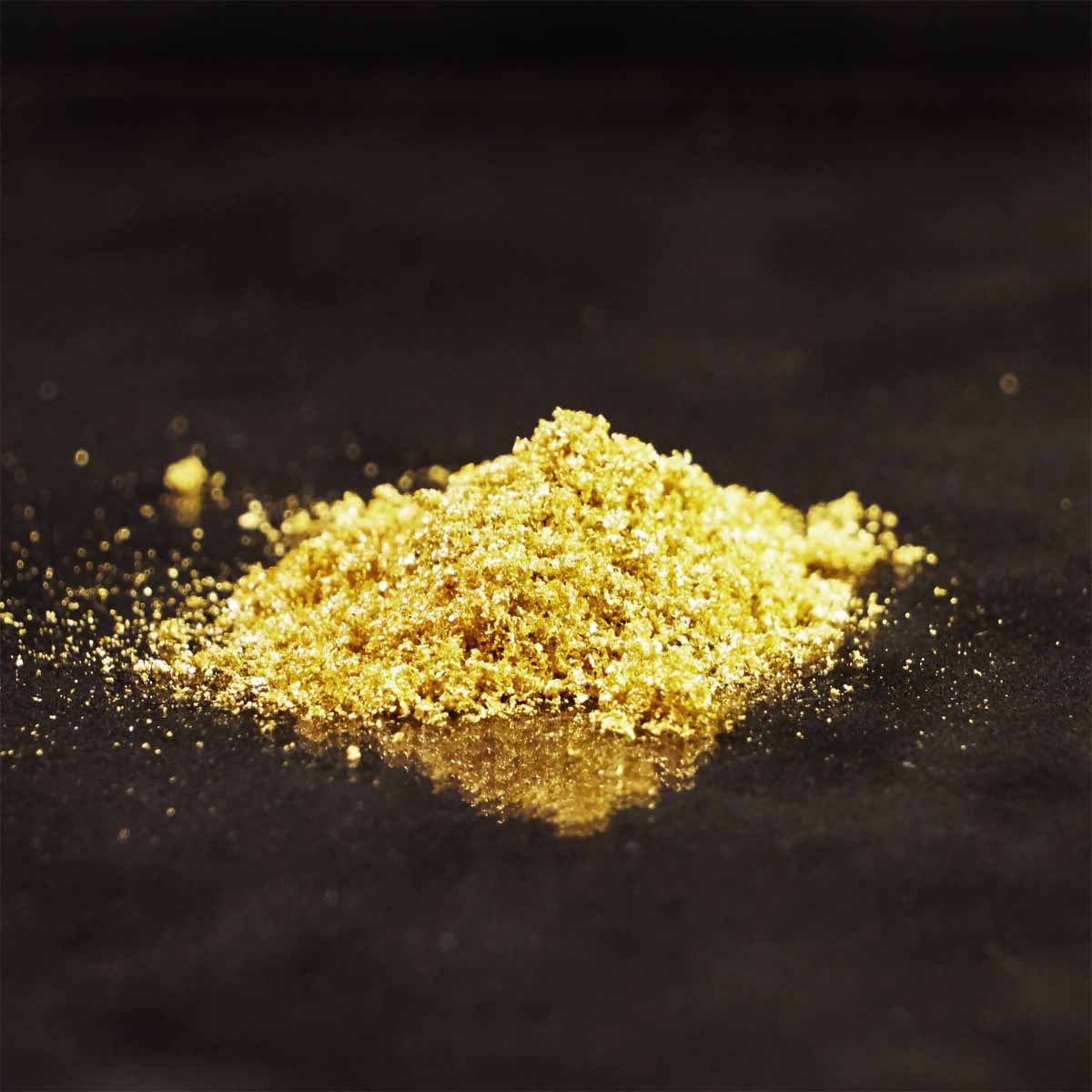
When the local Rothschild agent complained about short-weight consignments, he left California, pretending it was because of illness. While he was there, California became the 31st state in September 1850, and Schliemann acquired United States citizenship.
On April 7, 1852, he sold his business and returned to Russia. There he attempted to live the life of a gentleman, which brought him into contact with Ekaterina Petrovna Lyschin (1826–1896), the niece of one of his wealthy friends. 

Heinrich and Ekaterina married on October 12, 1852.
Schliemann next cornered the market in indigo dye and then went into the indigo business itself, turning a good profit. 



Ekaterina and Heinrich had a son, Sergey (1855–1941), and two daughters, Natalya (1859–1869) and Nadezhda (1861–1935). 
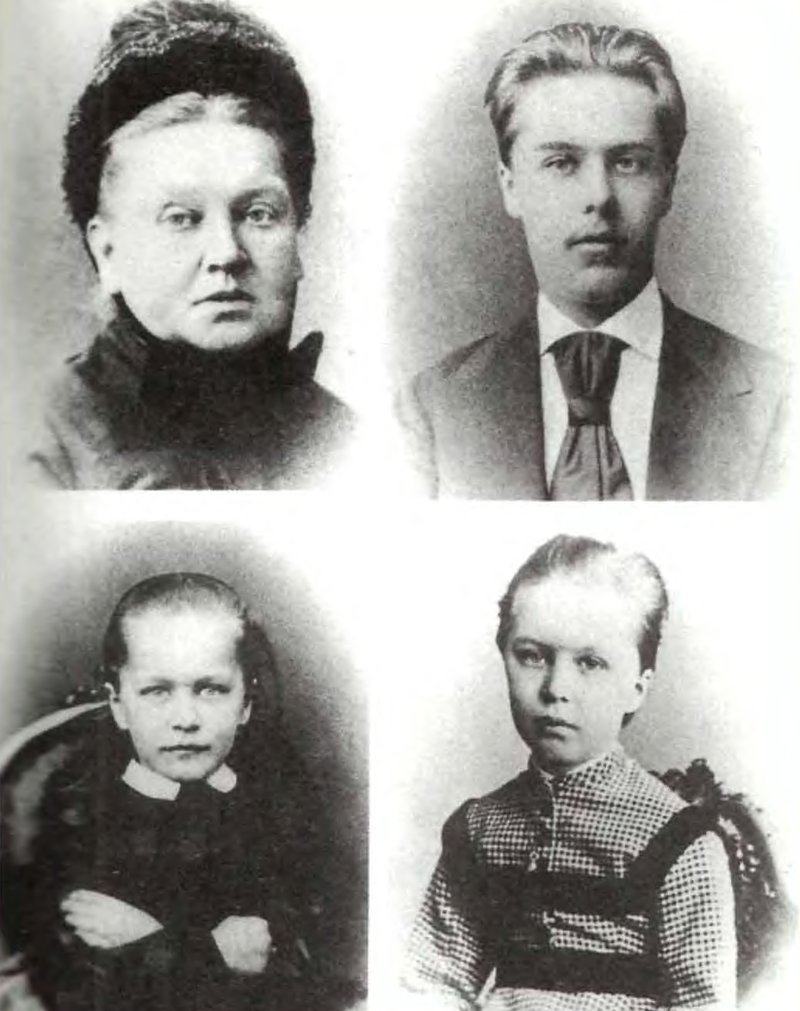
Schliemann made yet another quick fortune as a military contractor in the Crimean War, 1854–1856. He cornered the market in saltpeter, sulfur, and lead, constituents of ammunition, which he resold to the Russian government. 



By 1858, Schliemann was 36 years old and wealthy enough to retire. In his memoirs, he claimed that he wished to dedicate himself to the pursuit of Troy. 
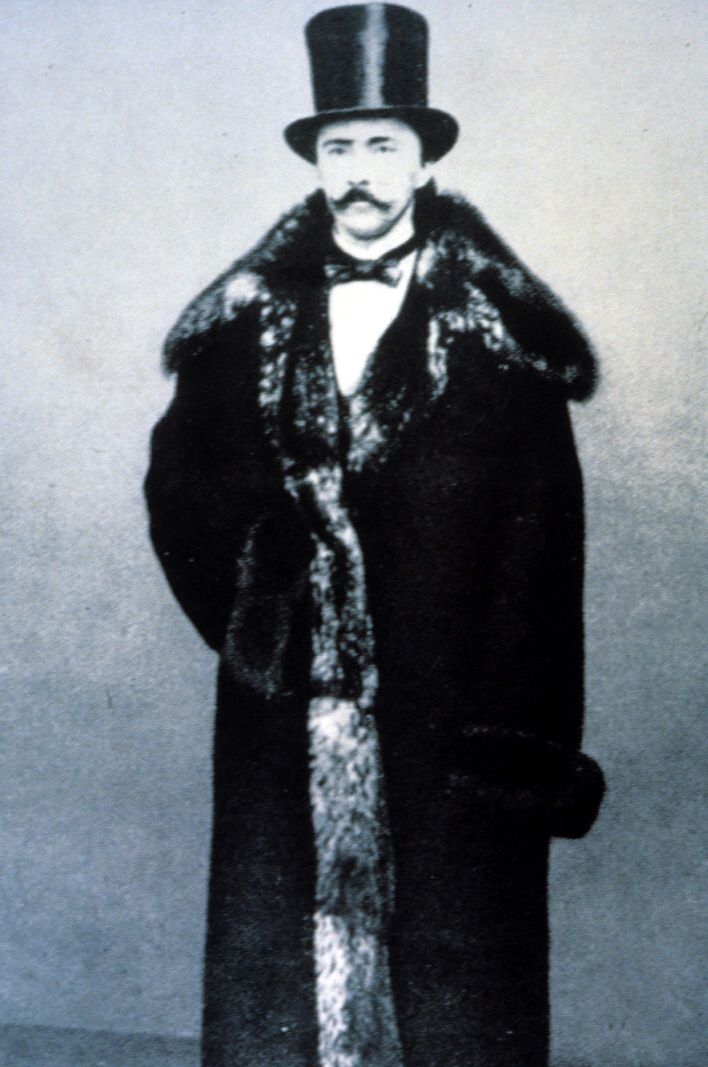
Heinrich Schliemann was an amateur-archaeologist. He is often used as a good example for archaeology students of how it shouldn't be done. 
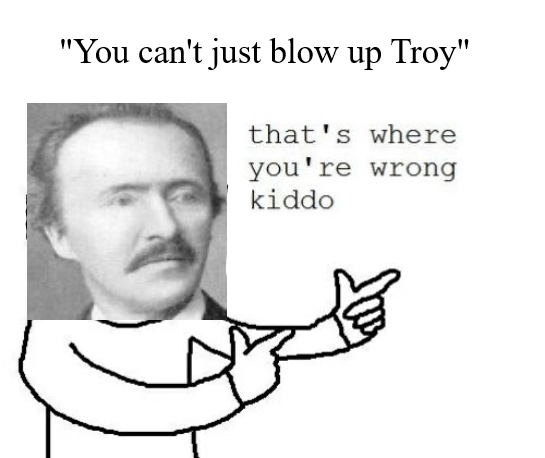
Schliemann was obsessed with the stories of Homer and ancient Mediterranean civilizations. He dedicated his life's work to unveiling the actual physical remains of the cities of Homer's epic tales. Many refer to him as the "father of pre-Hellenistic archaeology. 

In 1868, Schliemann visited sites in the Greek world, published 'Ithaka, der Peloponnesus und Troja' in which he asserted that Hissarlik was the site of Troy, and submitted a dissertation in Ancient Greek proposing the same thesis to the University of Rostock. 

In 1869, he was awarded a PhD in absentia from the University of Rostock, in Germany, for that submission.
In 1869, Schliemann divorced his first wife, Ekaterina Petrovna Lyshin, whom he had married in 1852, and bore him three children. 

A former teacher and Athenian friend, Theokletos Vimpos, the Archbishop of Mantineia and Kynouria, helped Schliemann find someone "enthusiastic about Homer and about a rebirth of my beloved Greece...with a Greek name and a soul impassioned for learning."
They were married by the archbishop on 23 September 1869. They later had two children, Andromache and Agamemnon Schliemann. 


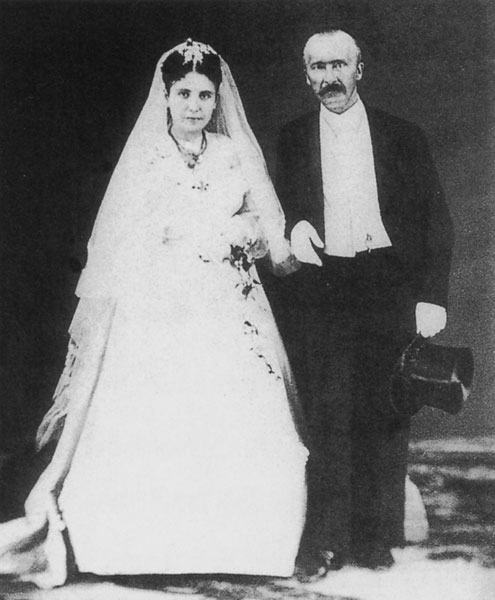
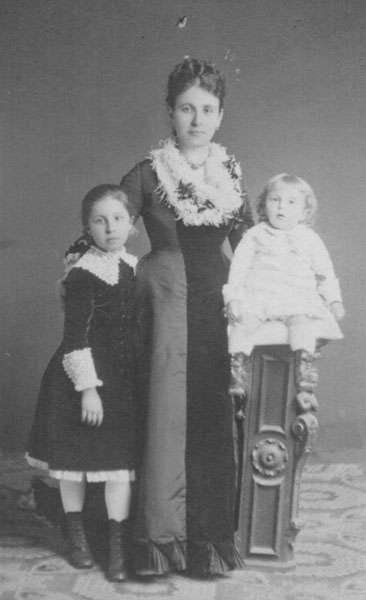
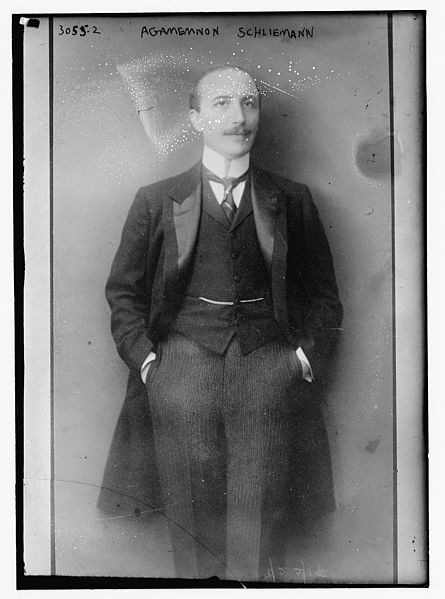
Schliemann's first interest of a classical nature seems to have been the location of Troy. At the time he began excavating in Turkey, the site commonly believed to be Troy was at Pınarbaşı, a hilltop at the south end of the Trojan Plain. 

The trouble was that Troy might not even have existed. The acclaimed Greek poet Homer popularized the Trojans and their city in The Iliad and The Odyssey, the 8th-century B.C. epic poems. 



These works told the story of a 10-year war between Greece and Troy, fought by such timeless characters as the kings Priam and Agamemnon, the warriors brave Hector and mighty Achilles, and the survivors crafty Odysseus and loyal Aeneas. 

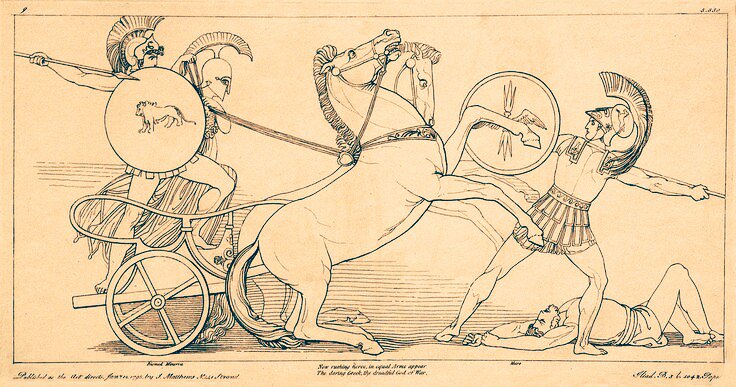
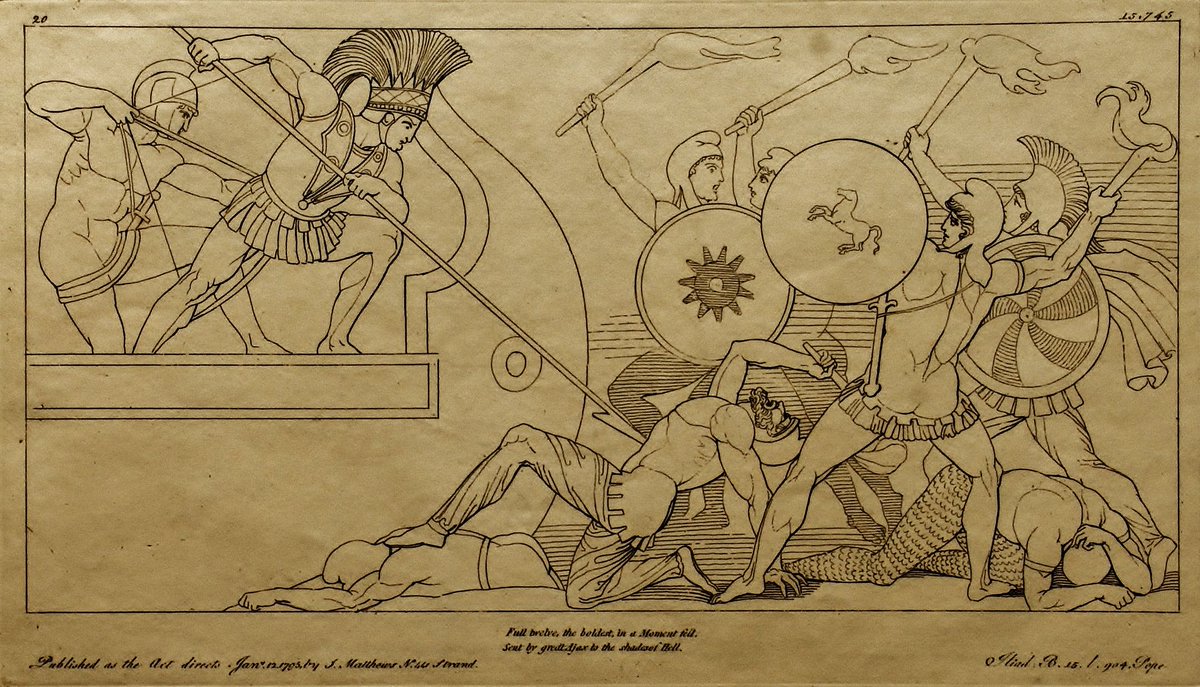
The poems tell of bloody battles, fantastic adventures, heroic deeds, and tragic consequences. But was Troy a real place? Schliemann set out to prove it was. 


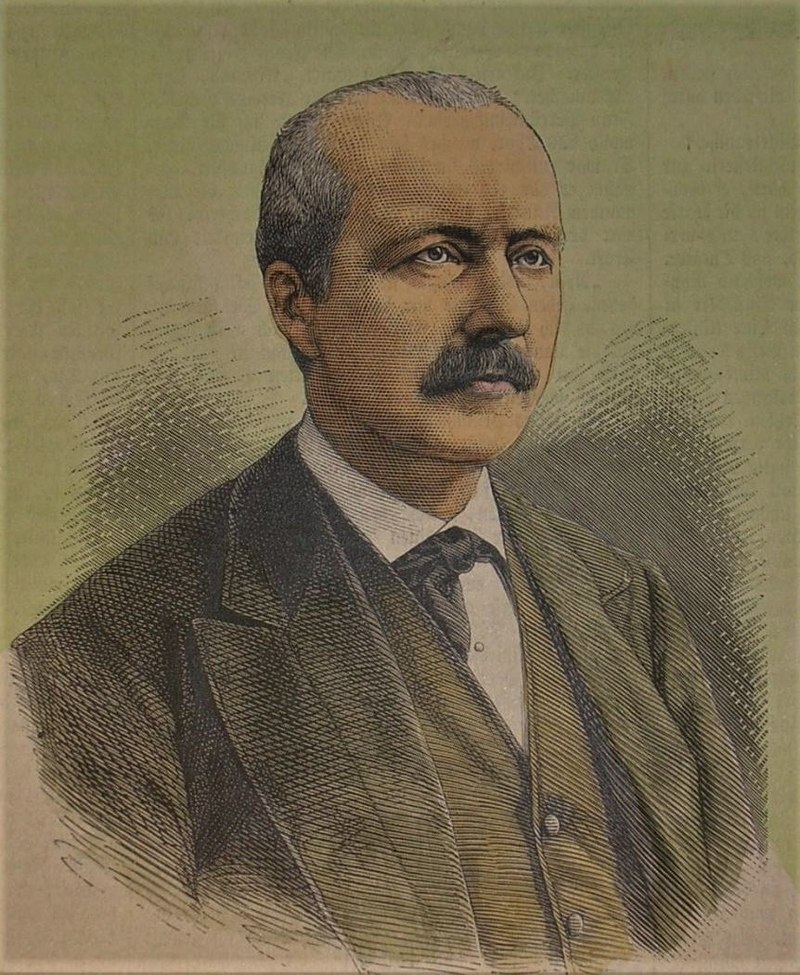
The site had been previously excavated by archaeologist and local expert, Frank Calvert. Schliemann performed soundings at Pınarbaşı but was disappointed by his findings. 
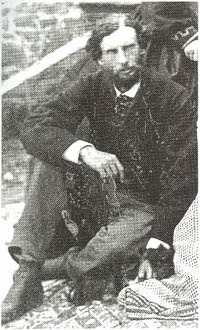
It was Calvert who identified Hissarlik as Troy and suggested Schliemann dig there on land owned by Calvert's family. 
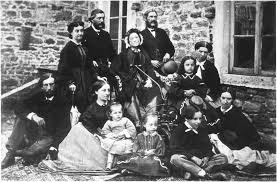
Schliemann was at first skeptical about the identification of Hissarlik with Troy but was persuaded by Calvert. 

After two years of frustration, and despite having no permit from the Ottoman authorities, Schliemann began digging at Hissarlik in 1870, and by 1873 had discovered nine buried cities, each built on the ruins of the last. 

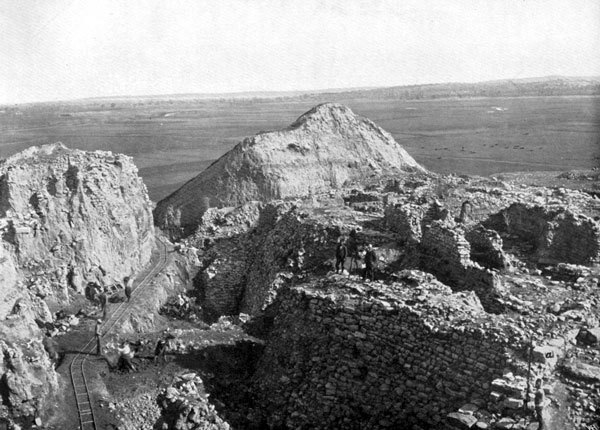
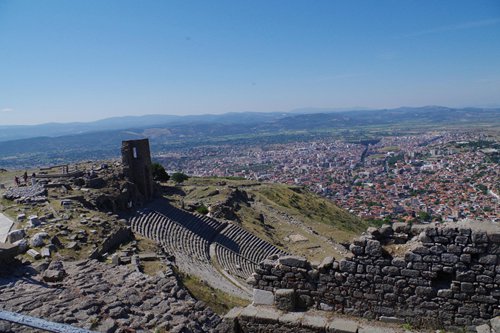
The day before digging was to stop on 15 June 1873, was the day he discovered gold, which he took to be Priam's treasure trove. 
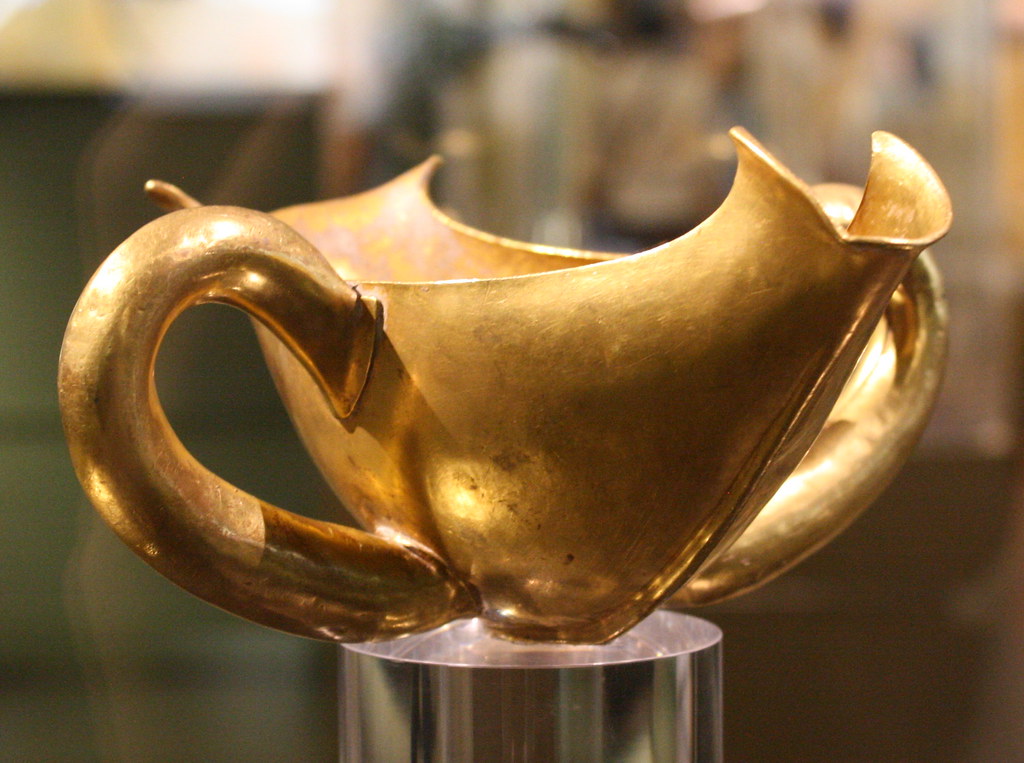
He later wrote that he had seen the gold glinting in the dirt and dismissed the workmen so that he and Sophia could excavate it themselves; they removed it in her shawl. However, Schliemann's oft-repeated story of the treasure's being carried by Sophia in her shawl was untrue. 
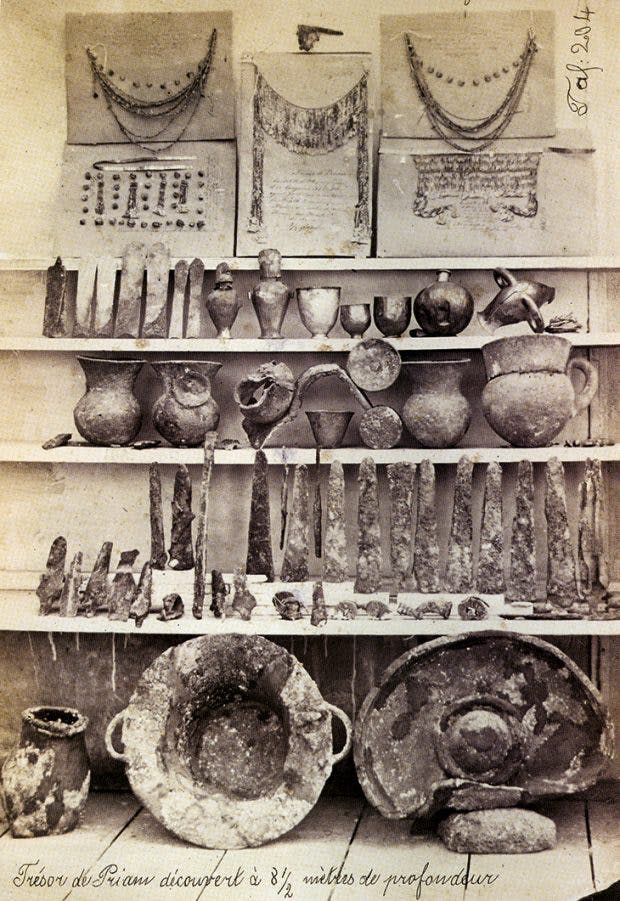
Schliemann later admitted fabricating it; at the time of the discovery Sophia was in fact with her family in Athens, following the death of her father. Sophia later wore "the Jewels of Helen" for the public. 


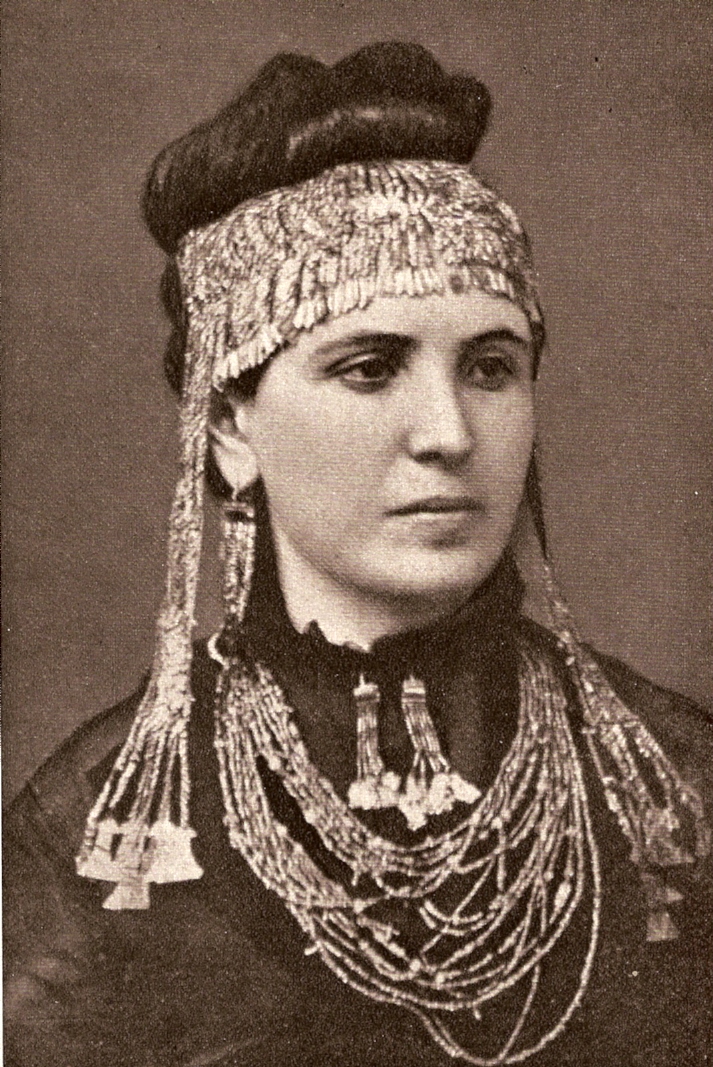
Schliemann smuggled the treasure out of Turkey into Greece. The Turkish government sued Schliemann in a Greek court, and Schliemann was forced to pay a 10,000 gold franc indemnity. 

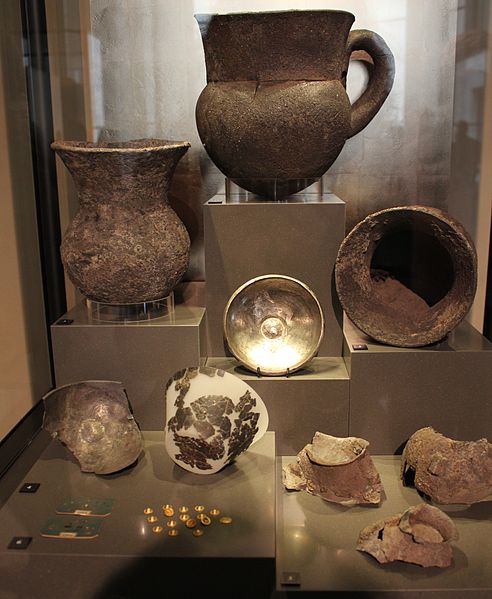

Schliemann ended up sending 50,000 gold francs to the Constantinople Imperial Museum, and some of the artifacts. Schliemann published Troy and Its Remains in 1874. 
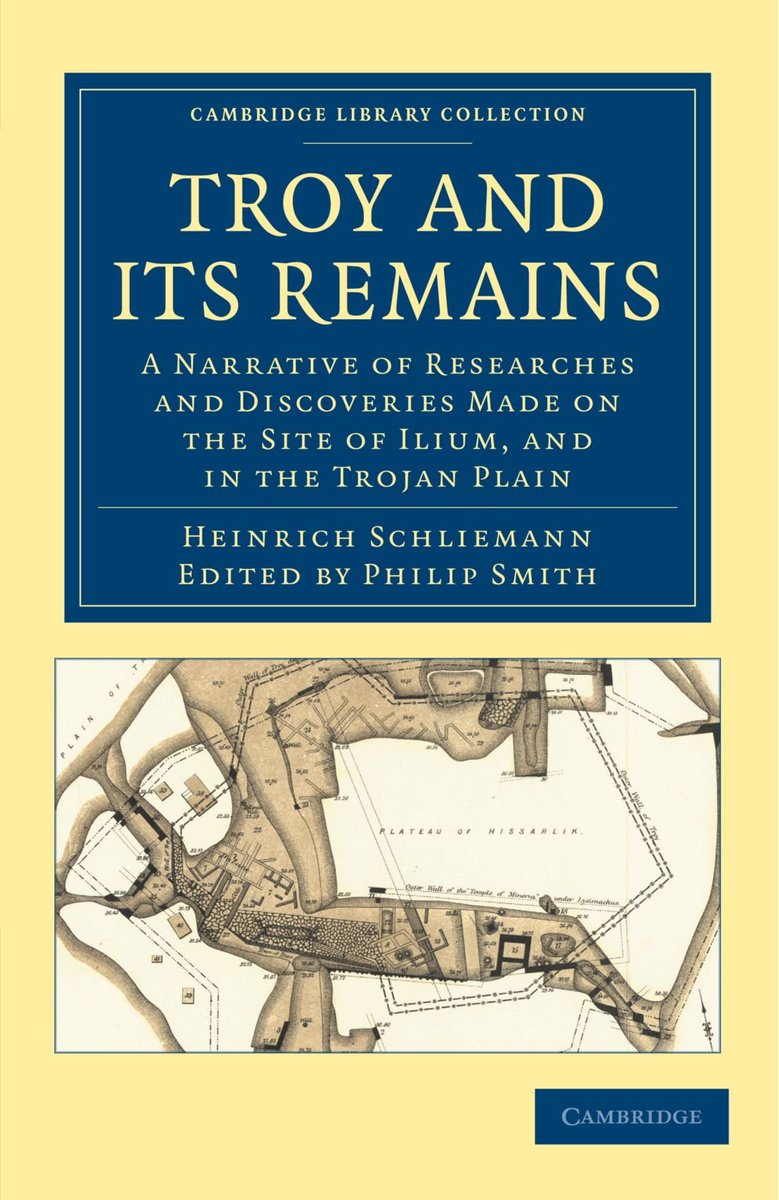
There, he discovered the Shaft Graves, with their skeletons and more regal gold (including the so-called Mask of Agamemnon). These findings were published in Mycenae in 1878. 







Although he had received permission in 1876 to continue excavation, Schliemann did not reopen the dig site at Troy until 1878–1879, after another excavation in Ithaca designed to locate a site mentioned in the Odyssey. 

This was his second excavation at Troy. Emile Burnouf and Rudolf Virchow joined him there in 1879. Schliemann began excavation of the Treasury of Minyas at Orchomenus (Boeotia) in 1880. 


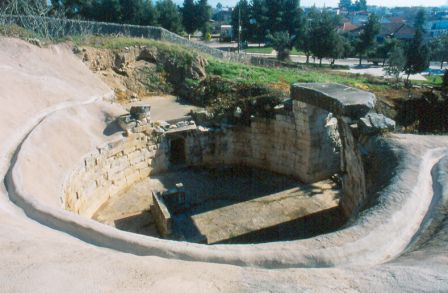
Schliemann made a third excavation at Troy in 1882–1883, an excavation of Tiryns with Wilhelm Dörpfeld in 1884, and a fourth excavation at Troy, also with Dörpfeld (who emphasized the importance of strata), in 1888–1890. 




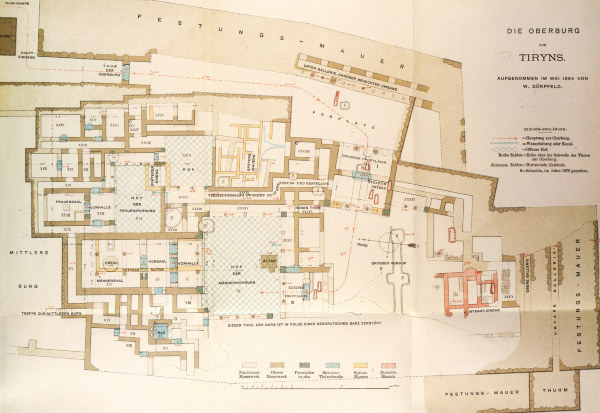
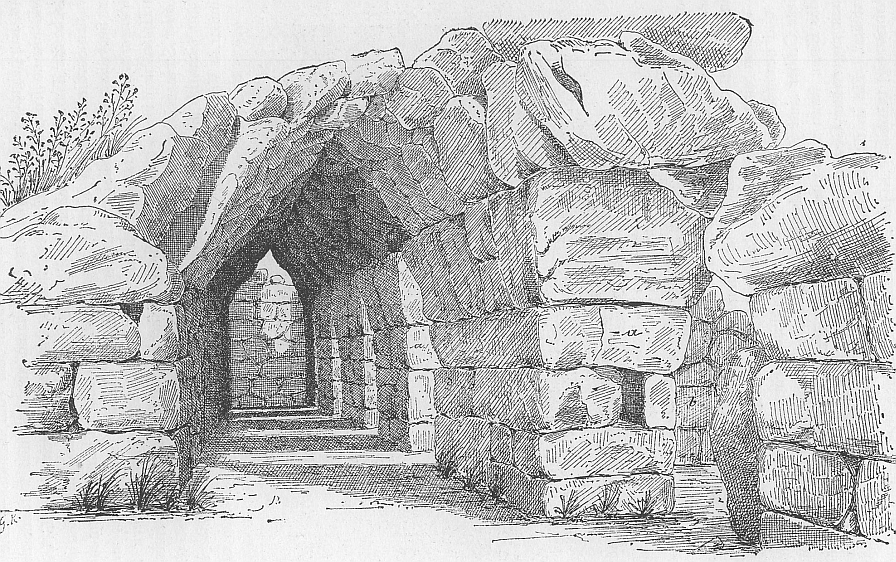

On August 1, 1890, Schliemann returned reluctantly to Athens, and in November travelled to Halle, where his chronic ear infection was operated upon, on November 13. The doctors deemed the operation a success, but his inner ear became painfully inflamed. 

Ignoring his doctors' advice, he left the hospital and travelled to Leipzig, Berlin, and Paris. From the latter, he planned to return to Athens in time for Christmas, but his ear condition became even worse. 


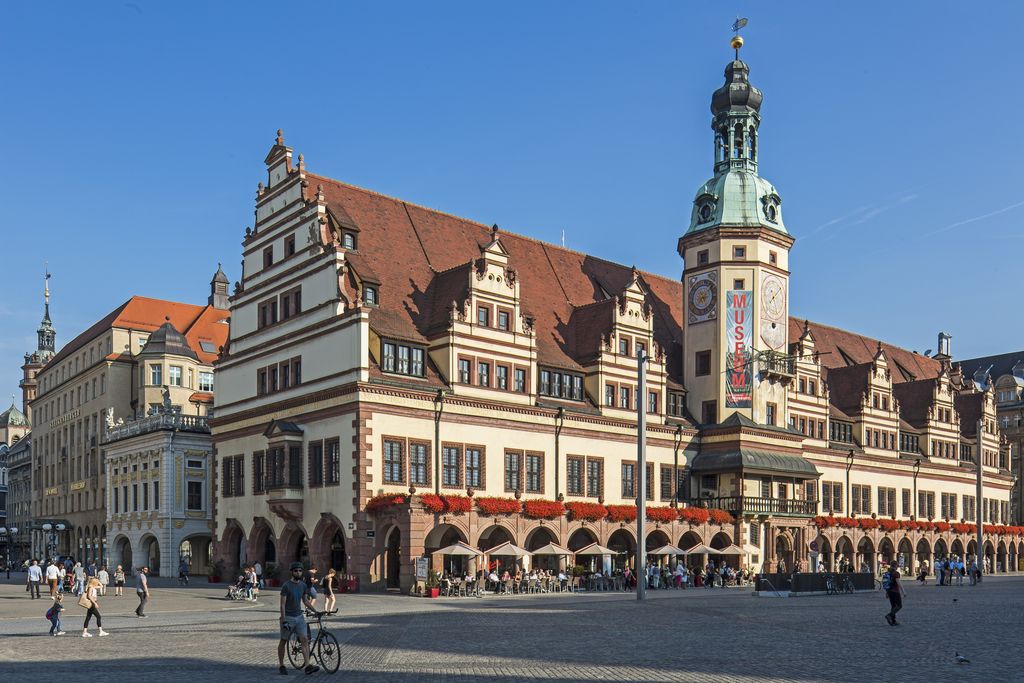
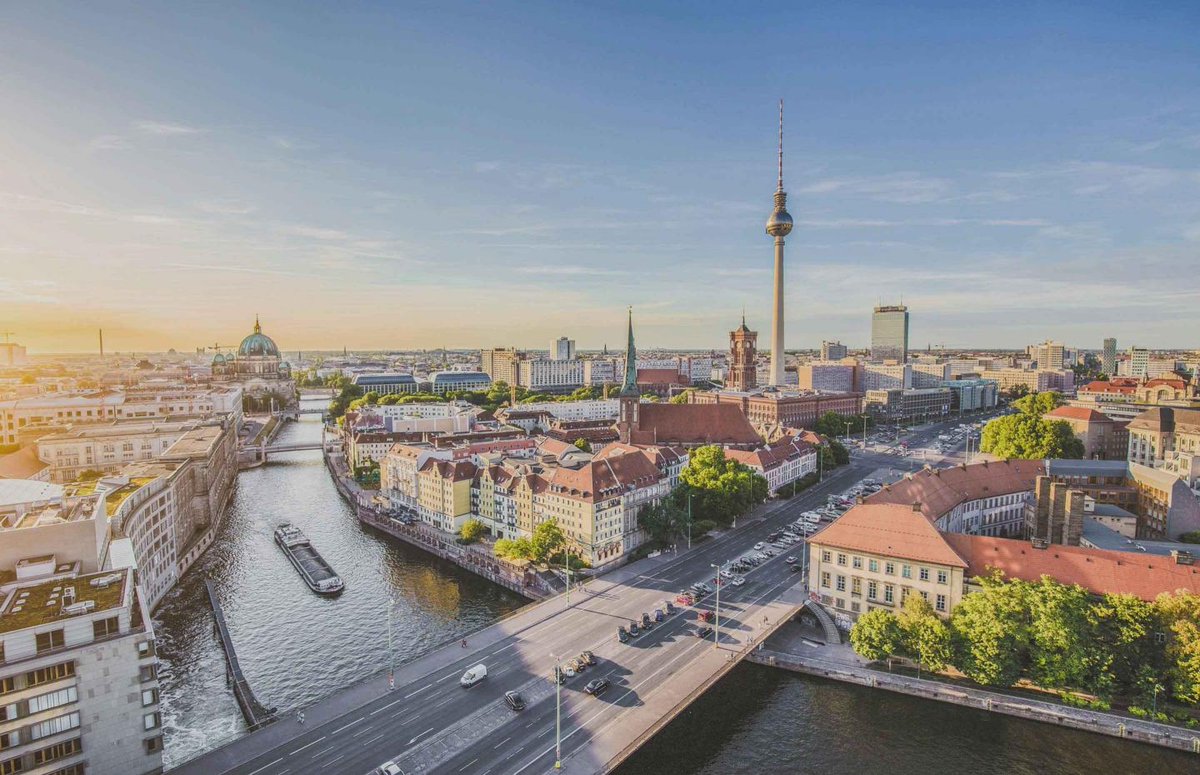

Too sick to make the boat ride from Naples to Greece, Schliemann remained in Naples but managed to make a journey to the ruins of Pompeii. On Christmas Day 1890, he collapsed into a coma; he died in a Naples hotel room the following day; the cause of death was cholesteatoma. 
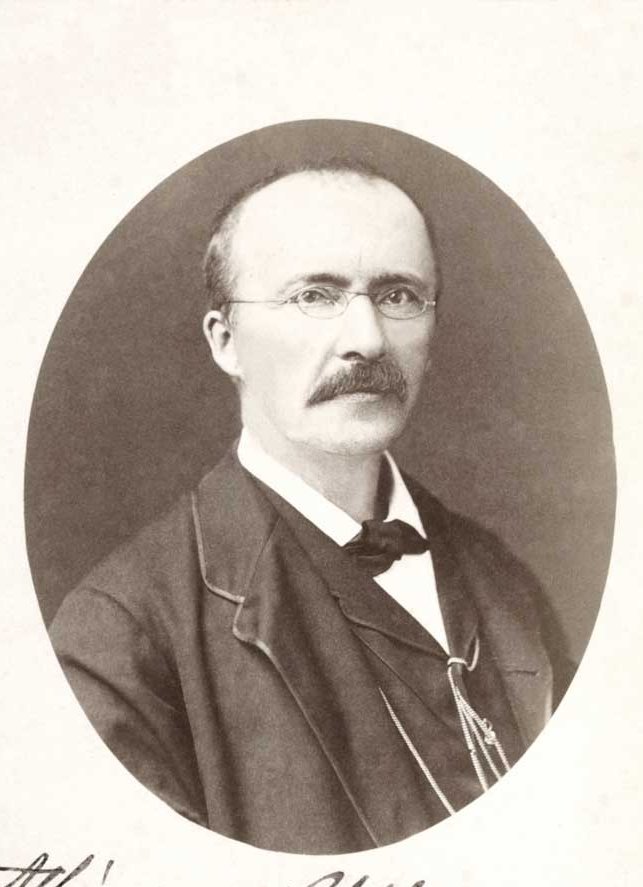
His corpse was then transported by friends to the First Cemetery in Athens. It was interred in a mausoleum shaped like a temple erected in ancient Greek style, designed by Ernst Ziller in the form of an amphiprostylee temple on top of a tall base. 
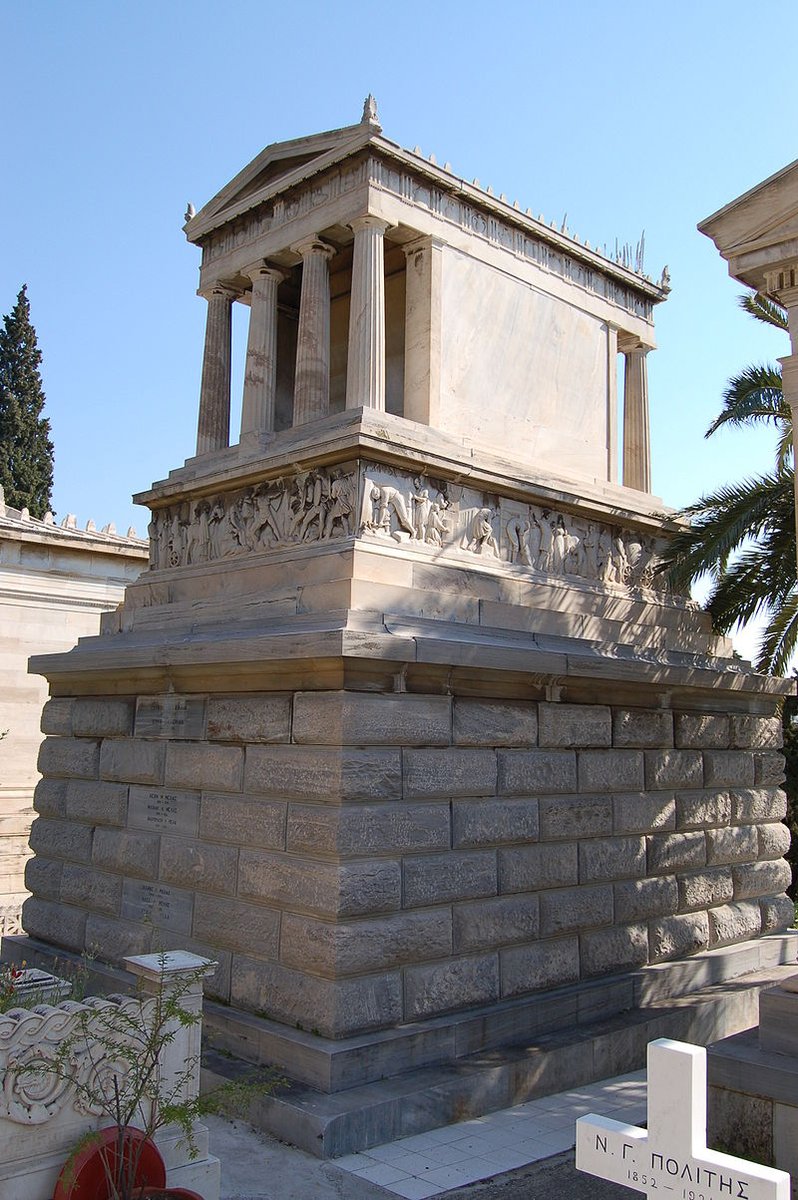
The frieze circling the outside of the mausoleum shows Schliemann conducting the excavations at Mycenae and other sites. 
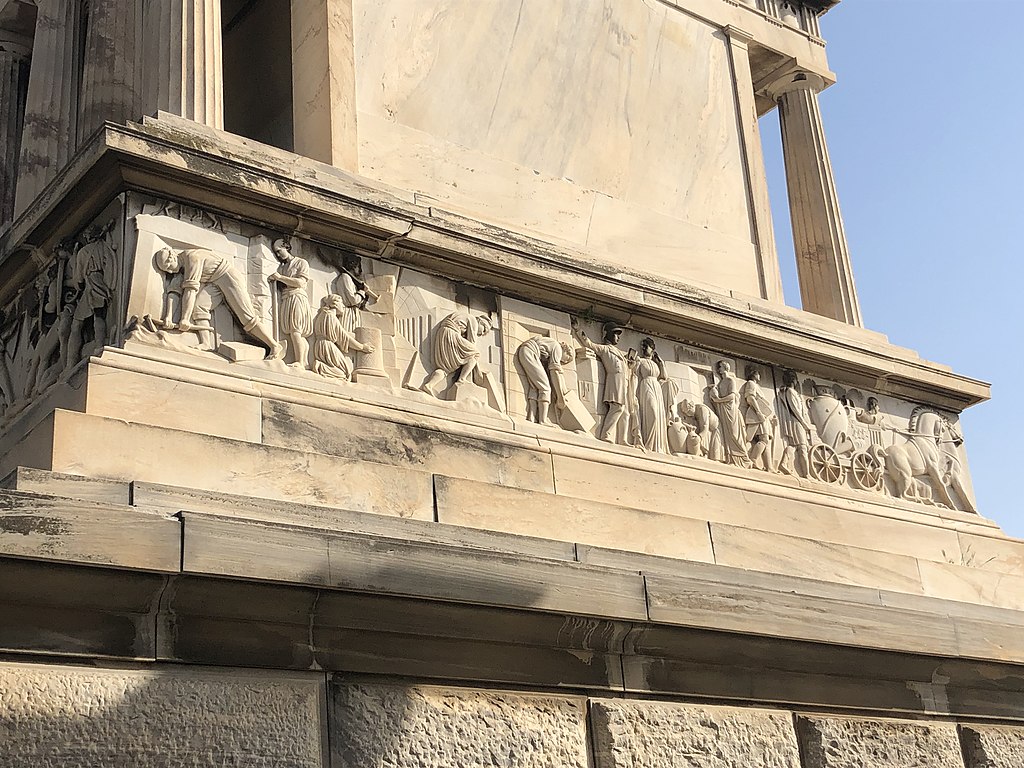
Schliemann's magnificent residence in the city centre of Athens, the Iliou Melathron (Ιλίου Μέλαθρον, "Palace of Ilium") houses today the Numismatic Museum of Athens. 
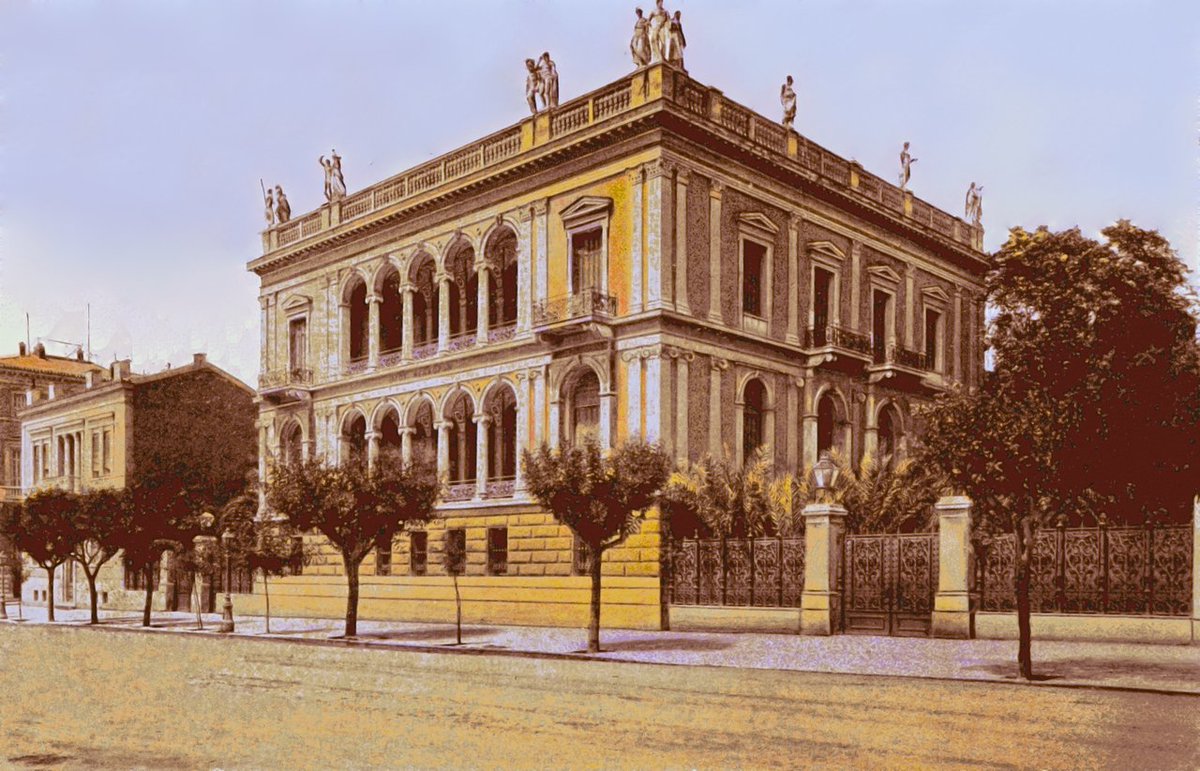
Further excavation of the Troy site by others indicated that the level he named the Troy of the Iliad was inaccurate, although they retain the names given by Schliemann. 

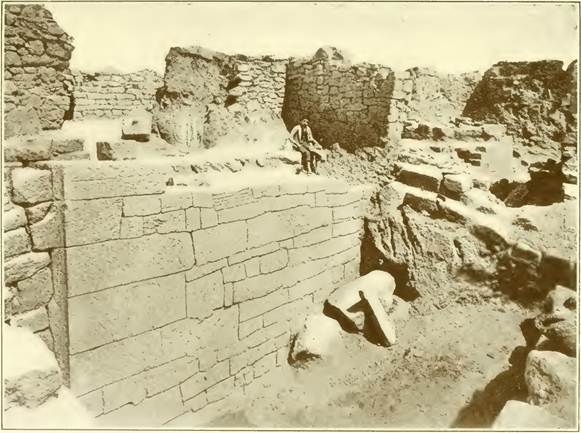
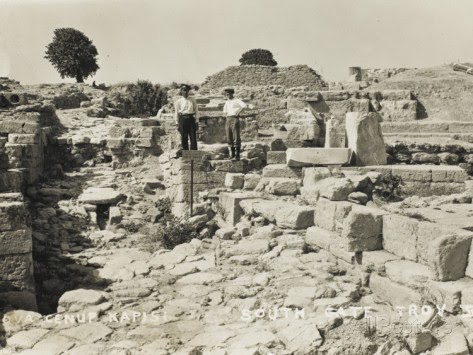
In an article for The Classical World, D.F. Easton wrote that Schliemann "was not very good at separating fact from interpretation"and claimed that "even in 1872 Frank Calvert could see from the pottery that Troy II had to be
hundreds of years too early to be the Troy of the Trojan War, a point finally proven by the discovery of Mycenaean pottery in Troy VI in 1890." 

"King Priam's Treasure" was found in the Troy II level, that of the Early Bronze Age, long before Priam's city of Troy VI or Troy VIIa in the prosperous and elaborate Mycenaean Age.
His excavations were condemned by later archaeologists as having destroyed the main layers of the real Troy.
Kenneth W. Harl, in the Teaching Company's Great Ancient Civilizations of Asia Minor lecture series, sarcastically claimed that Schliemann's excavations were carried out with such rough methods that he did to Troy
what the Greeks could not do in their times, destroying and levelling down the entire city walls to the ground.
Schliemann at first offered his collections, which included Priam's Gold, to the Greek government, then the French, and finally the Russians. 

However, in 1881, his collections ended up in Berlin, housed first in the Ethnographic Museum, and then the Museum for Pre- and Early History, until the start of WWII. 

In 1939, all exhibits were packed and stored in the museum basement, then moved to the Prussian State Bank vault in January 1941. Later in 1941, the treasure was moved to the Flakturm located at the Berlin Zoological Garden, called the Zoo Tower. 
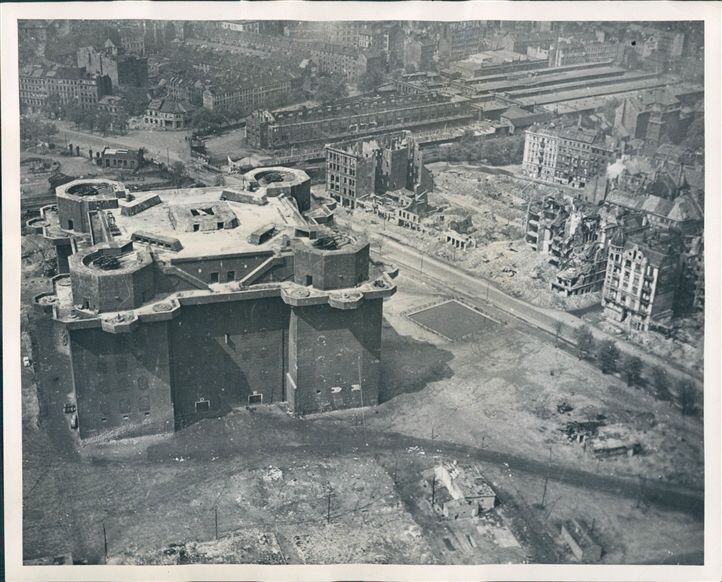
Dr. Wilhelm Unverzagt protected the three crates containing the Trojan gold when the Battle for Berlin commenced, right up until SMERSH forces took control of the tower on 1 May. 

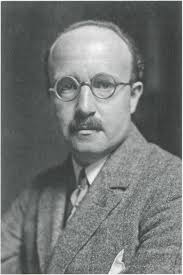

On 26 May 1945, Soviet forces, led by Lt. Gen. Nikolai Antipenko, Andre Konstantinov, deputy head of the Arts Committee, Viktor Lazarev, and Serafim Druzhinin, took the three crates away on trucks. 
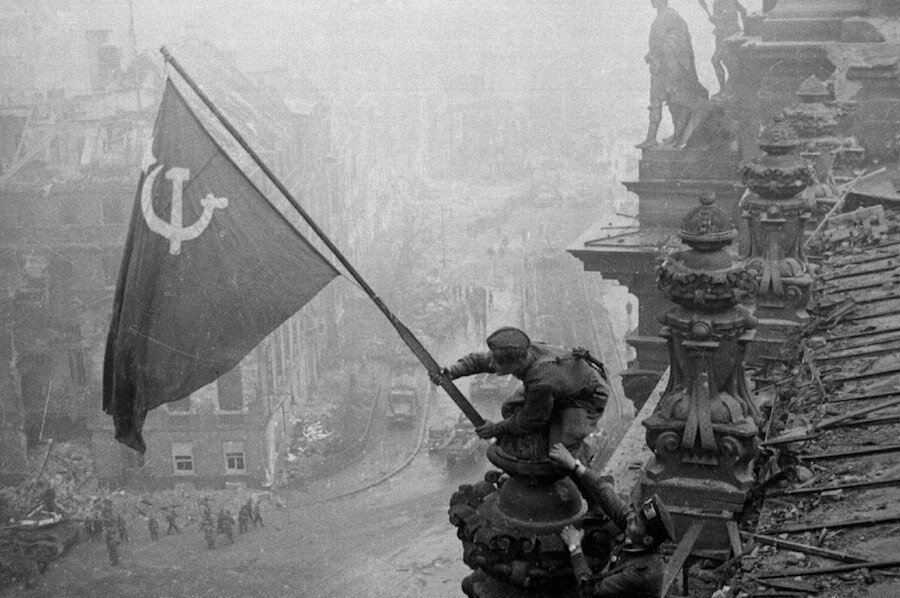
The crates were then flown to Moscow on 30 June 1945, and taken to the Pushkin Museum ten days later. 

However, the treasure was considered lost until 1994, when the museum admitted the collection was in their possession. 


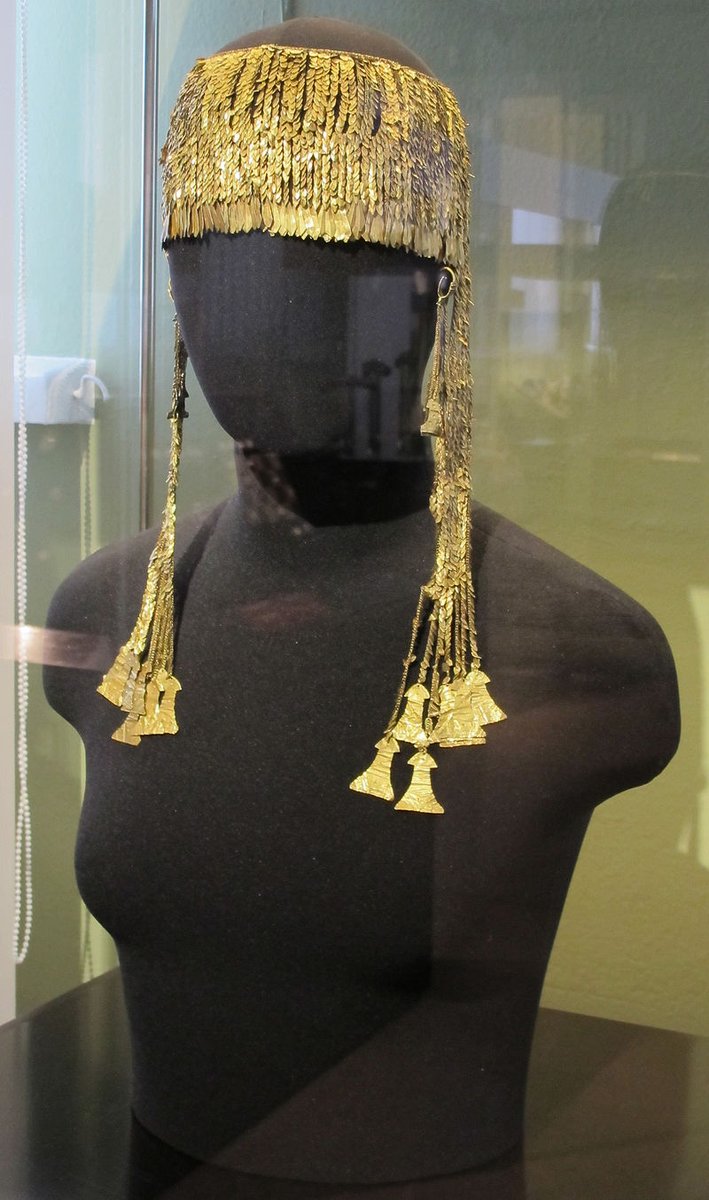

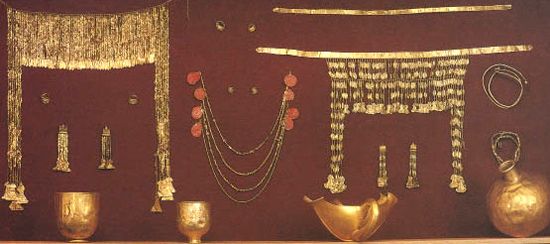
Russia keeps what the West terms the looted art as compensation for the destruction of Russian cities and looting of Russian museums by Nazi Germany in World War II. 





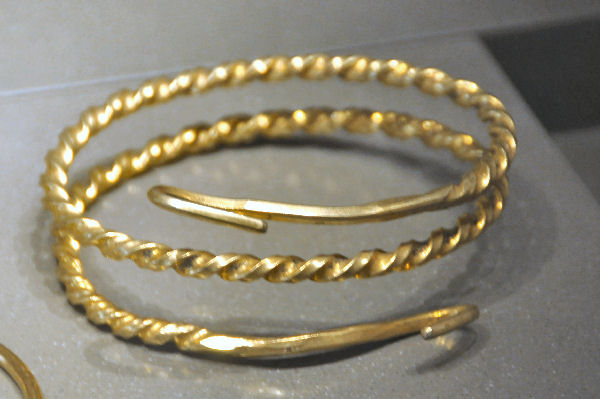
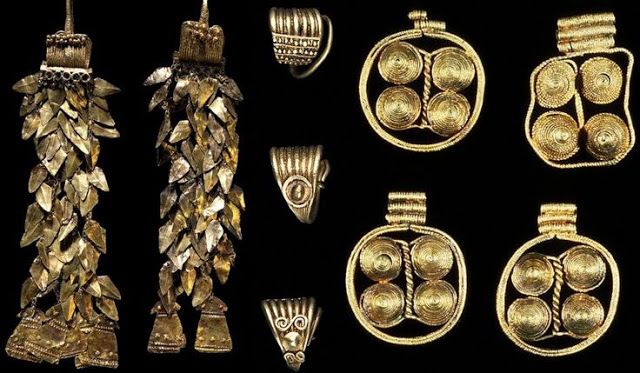
This is how Heinrich Schliemann, a German businessman, went down in History for having discovered the city of Troy, a place that most of people thought to be part of a tale. 

🏺 The End 🏺
Thank you so much if you read until the end! I hope you found this thread interesting 💕
Thank you so much if you read until the end! I hope you found this thread interesting 💕
• • •
Missing some Tweet in this thread? You can try to
force a refresh

